To Hell and Back: By Train and Ferry to Poland’s Hel Peninsula
In this destination guide, we will make a train trip from Gdansk to Poland’s Hel peninsula and travel back by ferry.
Daytrip to Hell
Ever wanted to make a trip to hell?
If you find yourself in the tri-city area of Northern Poland (Gdansk, Sopot and Gdynia) that is certainly possible.
Hell (or well, Hel with a single ‘l’ at the end) is the name of a peninsula which stretches into the Gulf of Gdansk like a long finger.
The Hel Peninsula, which is a 35 kilometres long sand bar or spit, separates the Bay of Puck from the Baltic Sea.
At its narrowest part, the peninsula is only 100 metres wide, while at its head around the town of Hel it is around 3 kilometres wide.
Besides being a fascinating geographical feature and it having a funny name, there is a lot of natural beauty to see on the Hel Peninsula, making it an ideal day trip from Gdansk or even a destination in its own right.
Hel peninsula is especially popular among Poles who arrive in droves in summer, staying at one of the many campgrounds, small hotels or holiday homes.
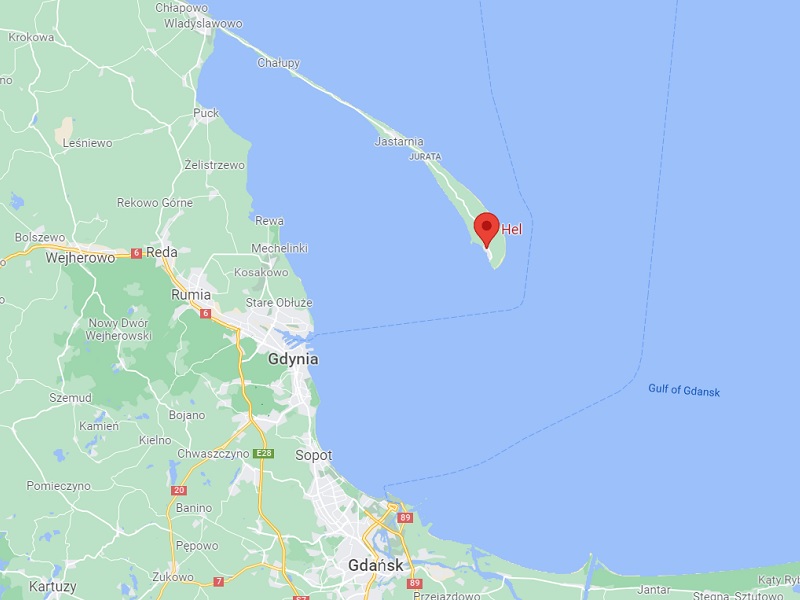
Taking the train to Hel
You can reach Hel by taking a train, ferry or by car. On this trip, I would be travelling from Gdansk to Hel by train and returning on the ferry.
If you want to go from Gdansk to Hel, you have to change trains in Gdynia.
It’s easiest to look up train times through the website of Polregio which operates the local and regional trains you need to take to reach Hel.
Unfortunately, booking your ticket online at their is a nightmare so you are better off buying it from one of the Polregio ticket machines at Gdansk’s main station (Gdansk Glowny).
As trains on the single track Gdynia-Hel railway line aren’t the most frequent, you are advised to leave enough time to change trains in Gdynia as missing your connection could easily mean a wait of two hours for the next train to depart.
This is why we decided to take an earlier train from Gdansk to Gdynia which instead of an 8-minute connection would give us around 25 minutes to change trains.
Gdansk Glowny
Although it may look like a short distance when you look at a map, it would still take us around two-and-a-half hours from Gdansk to Hel by train.
As I was travelling with one of my old high school friends and we have been drinking quite a bit the night before, the 9.48am departure from Gdansk to Gdynia still felt like it was too early in the morning.
Having a slight hangover from all the beers and shots from the previous night, it certainly was a good day to go to Hel.
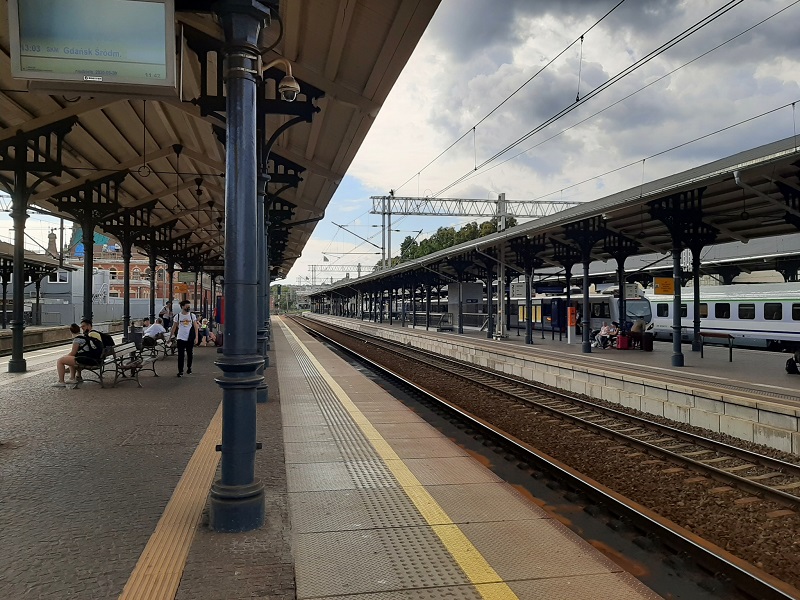
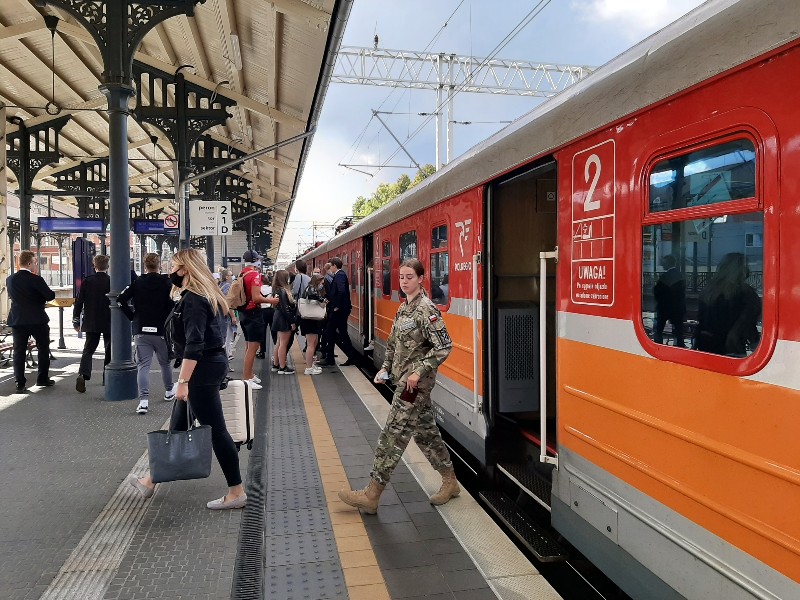
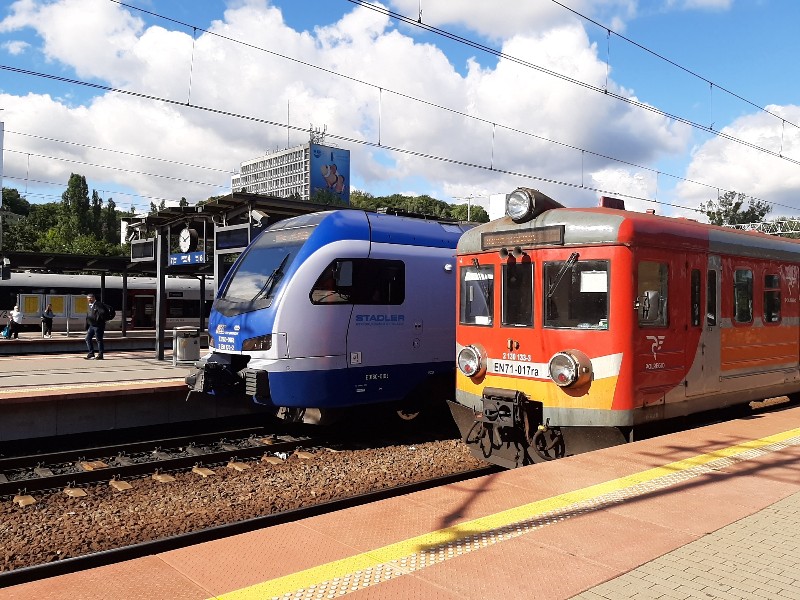
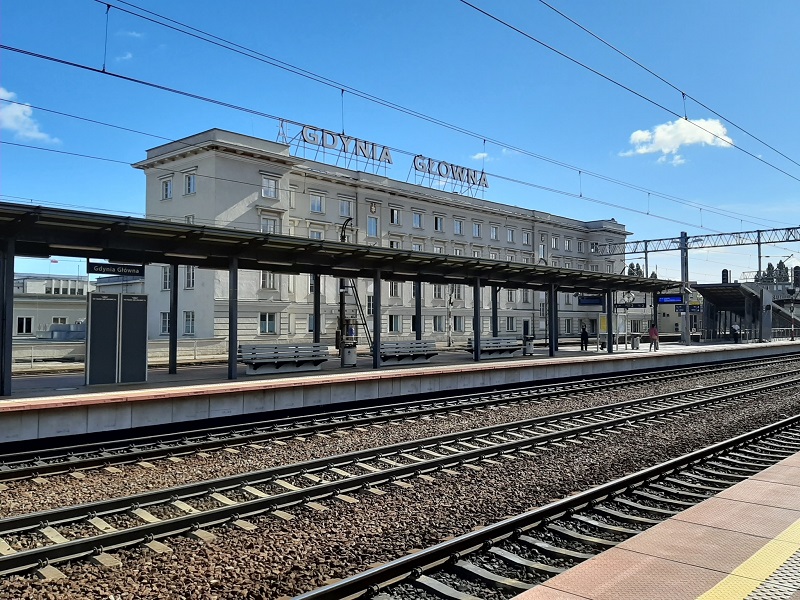
From Gdynia to Hel
In Gdynia, it was an easy change for the 10.38am train departure to Hel.
This train originates in Gdynia and even though the train arrived empty at the station, the carriages quickly filled up with dozens of day trippers and holidaymakers heading to Hel.
Fortunately, we managed to get some good window seats on the right-hand side of the train, which gives you the best sea views when travelling to Hel.
Although the train trip to Hel is a slow one, the lovely views of the sea and the cute little towns on the way made the time go by fast.
At 12.10pm on the dot, our train finally arrived in Hel, which marks the end of this railway line.
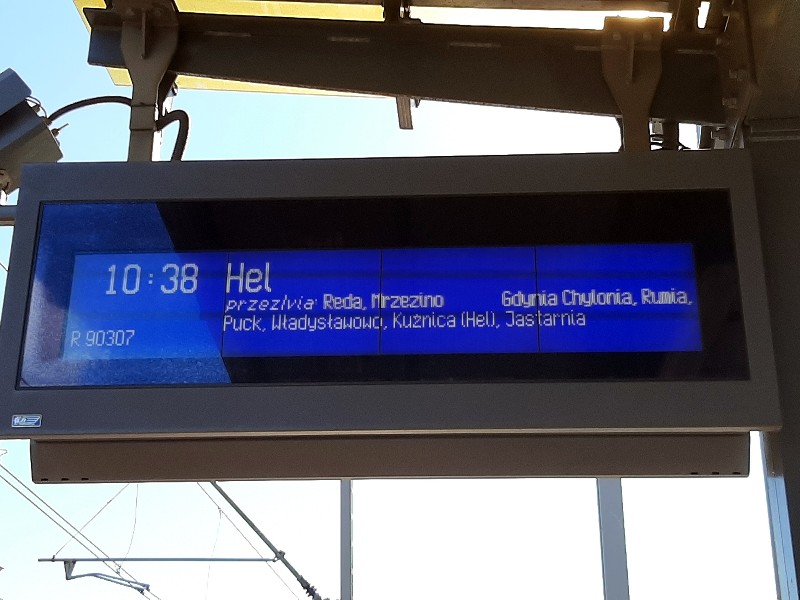
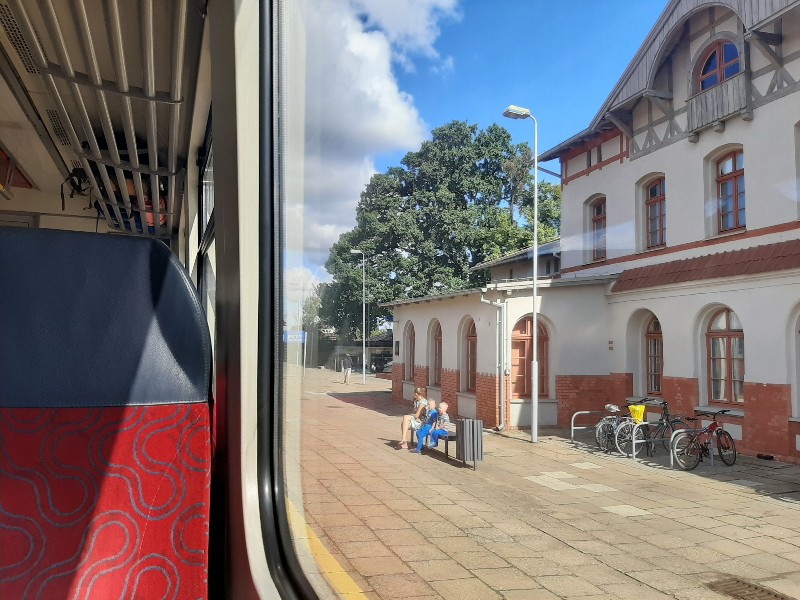
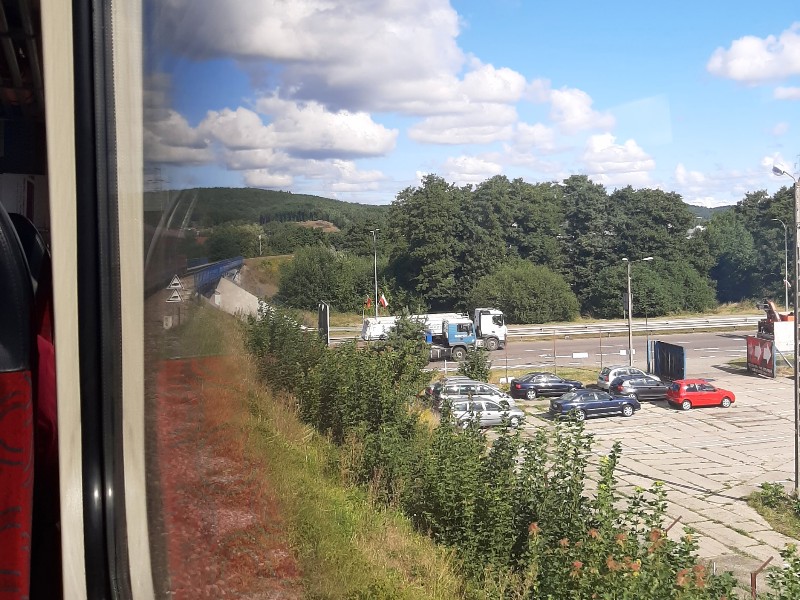
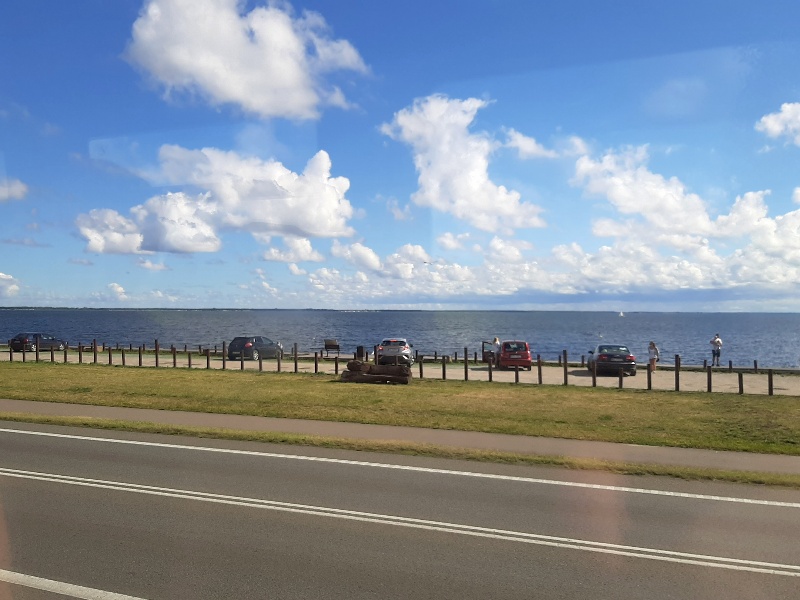
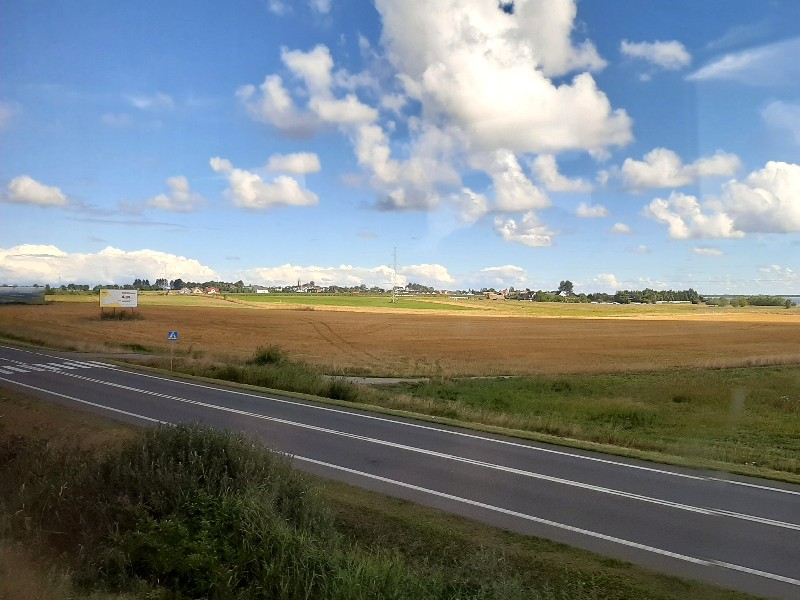
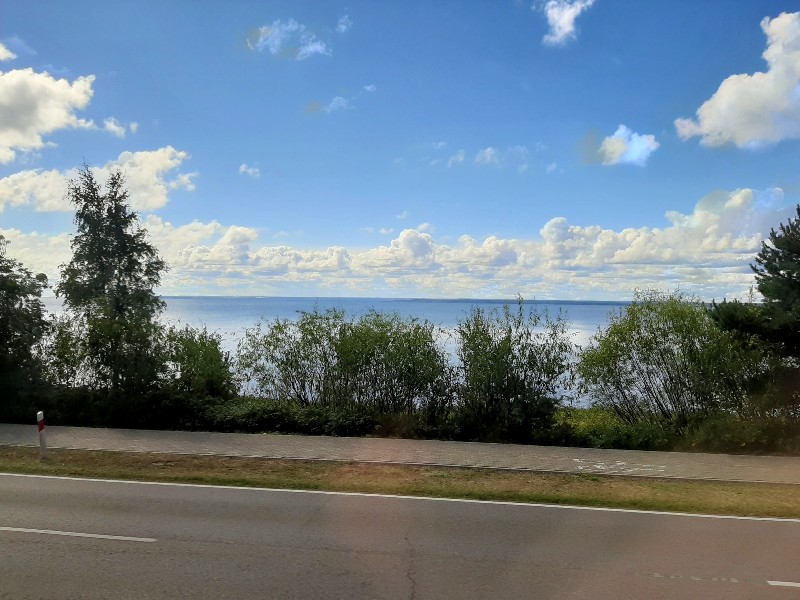
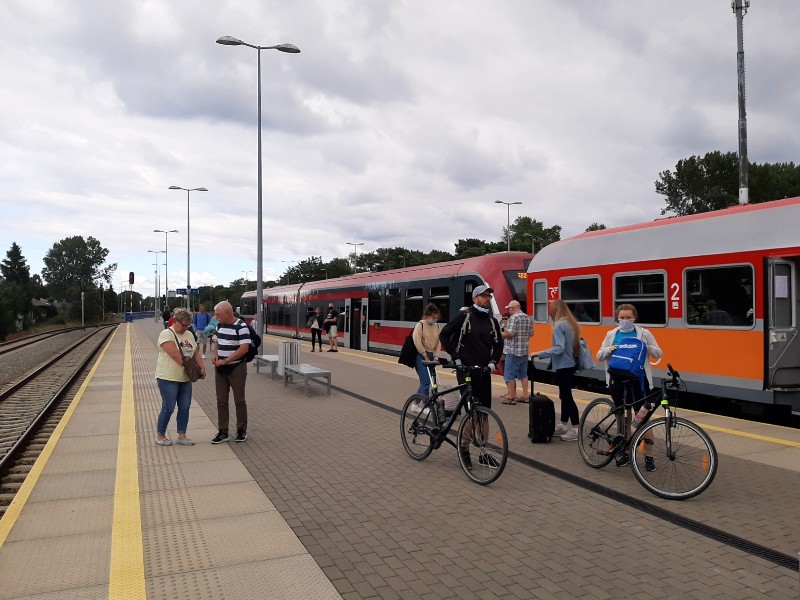
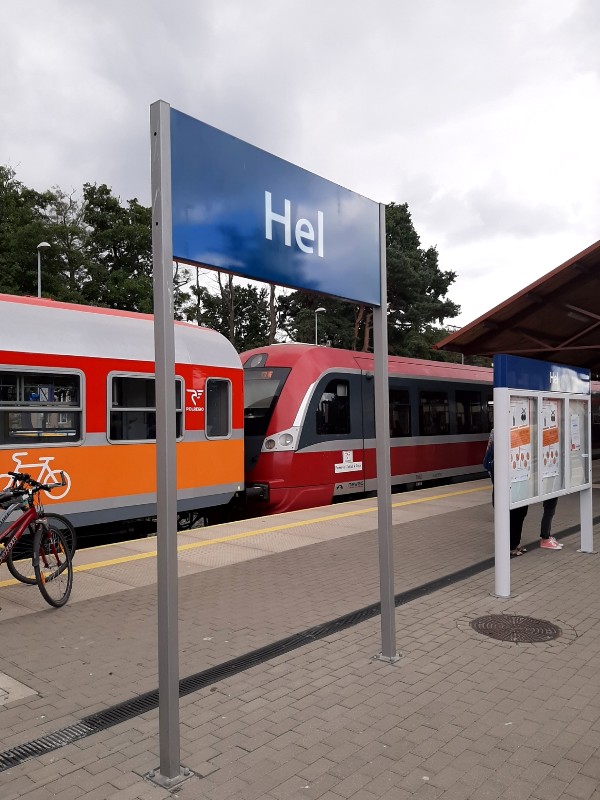
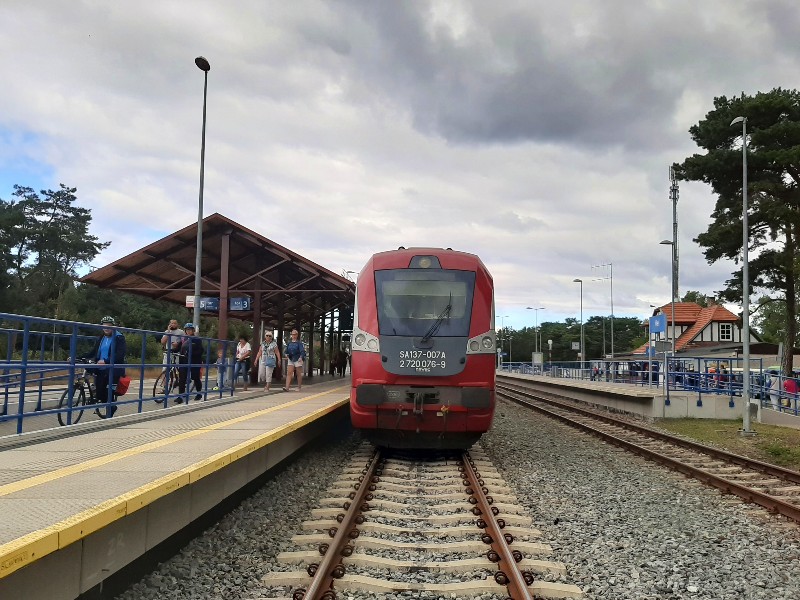
A look around the town of Hel
Located at the far end of the peninsula, the town of Hel is quite an appealing place.
With a population of just over 3,000 inhabitants, Hel isn’t very large, but in summer the numbers swell due to the influx of holidaymakers flocking to this seaside resort.
It’s certainly good fun to stroll along the harbour or the seaside promenade with its many bars and restaurants.
The main sight inside the town of Hel is the Fisheries Museum, which is located in a beautiful red-brick church.
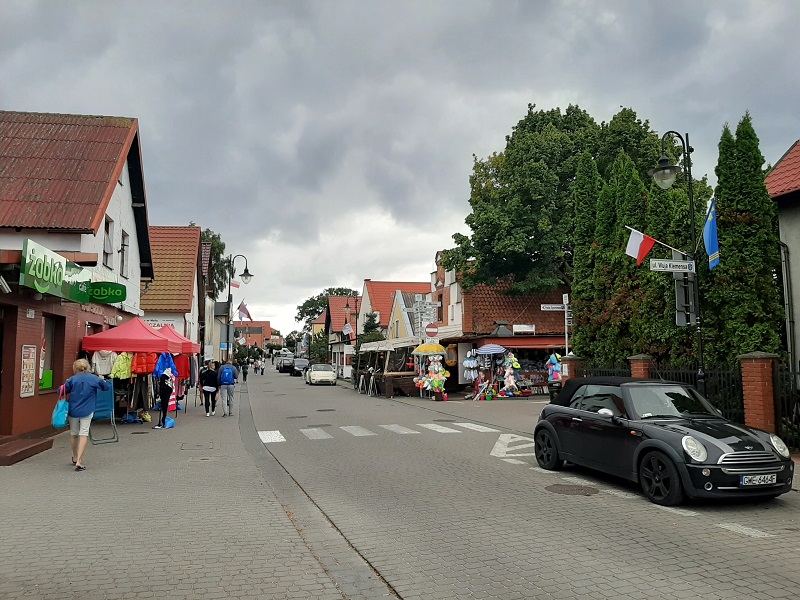
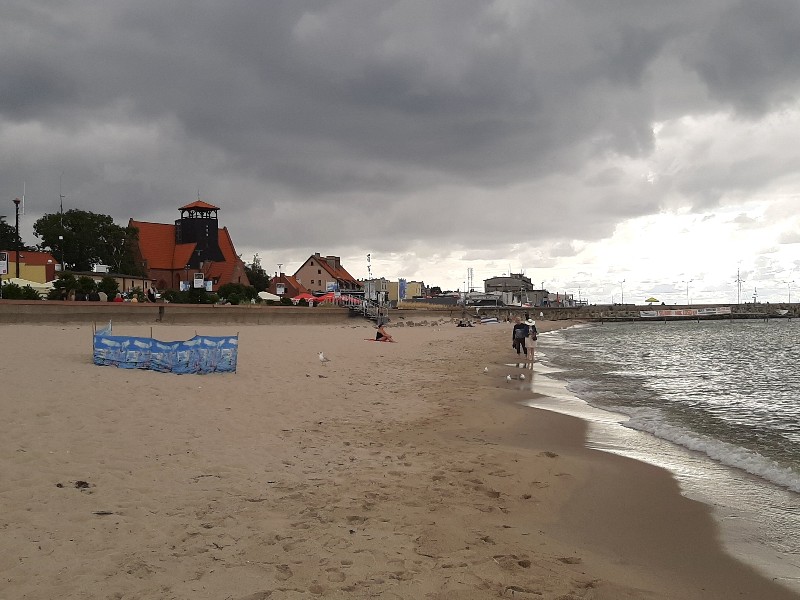
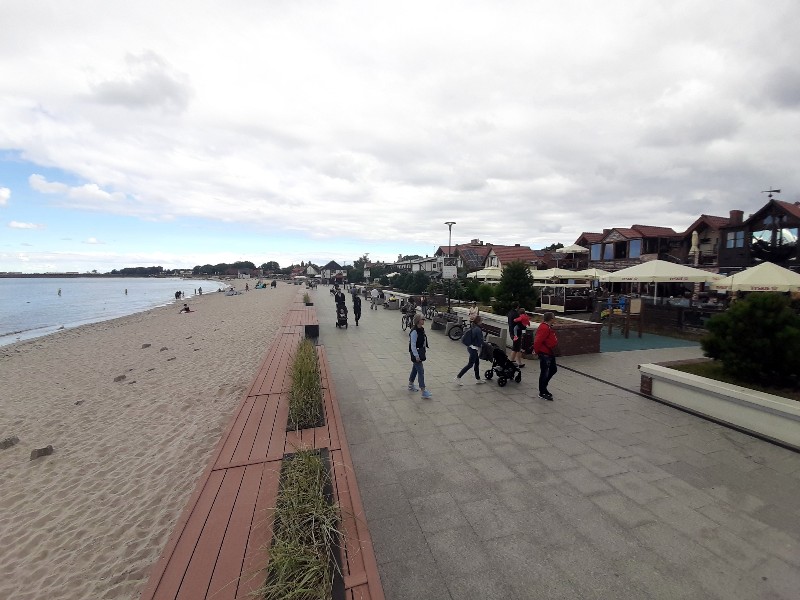
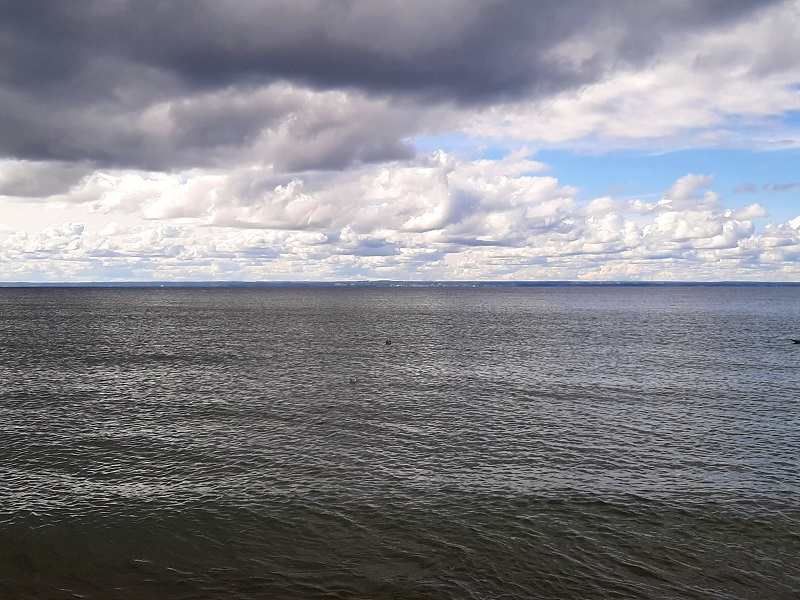
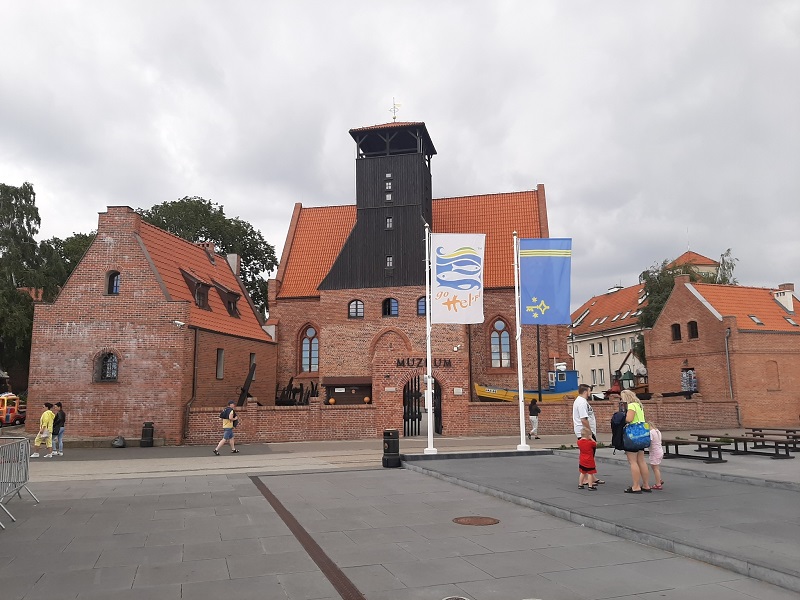
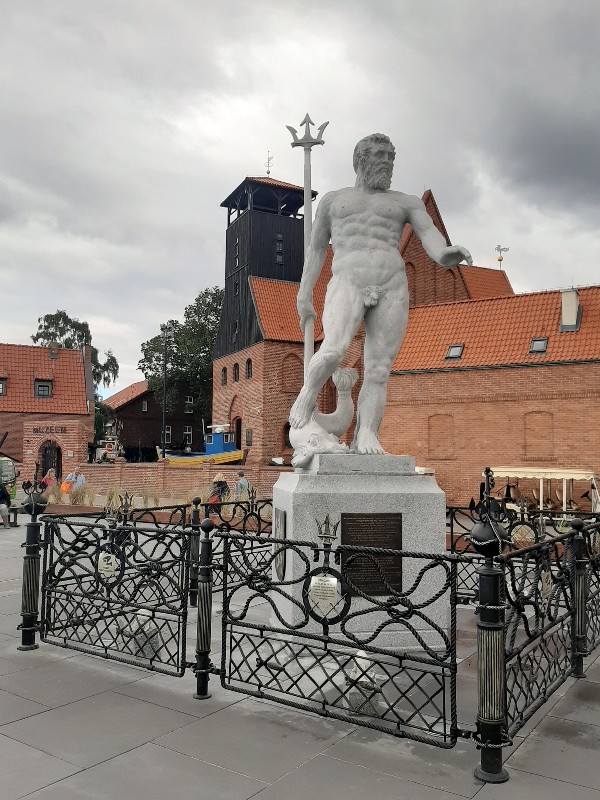
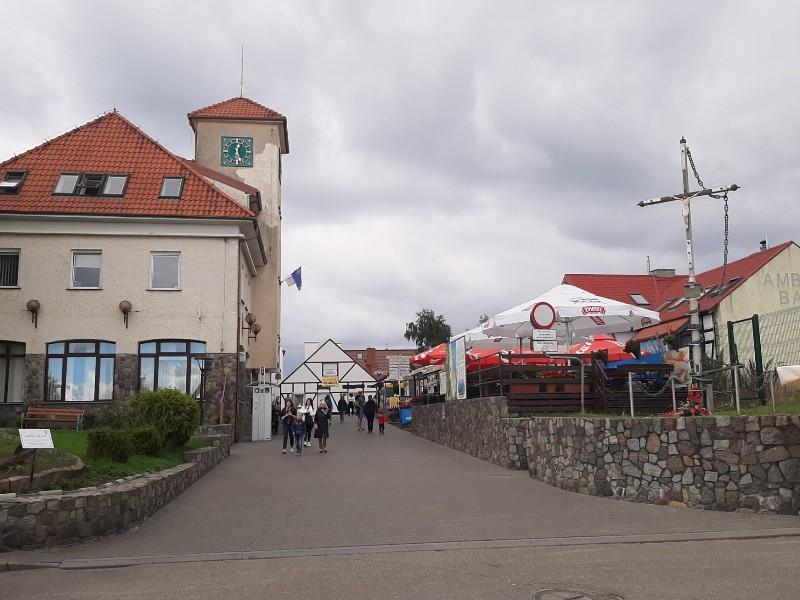
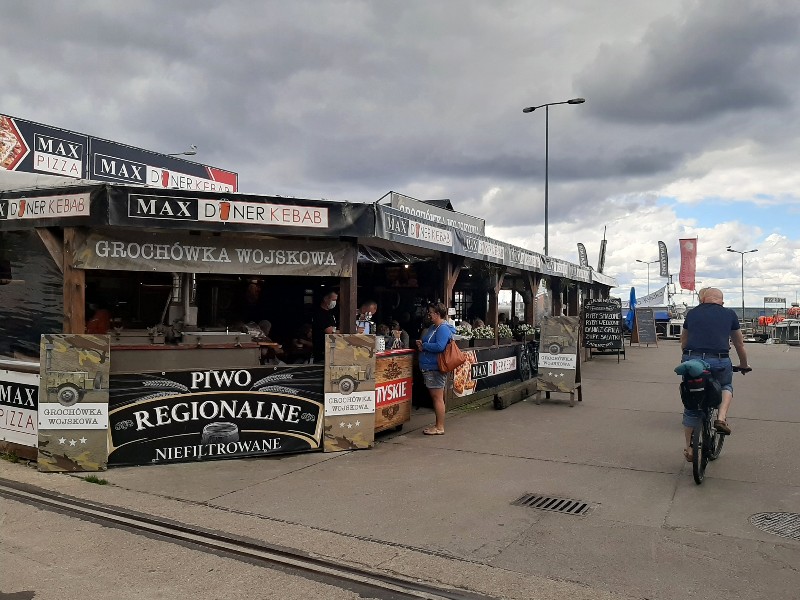
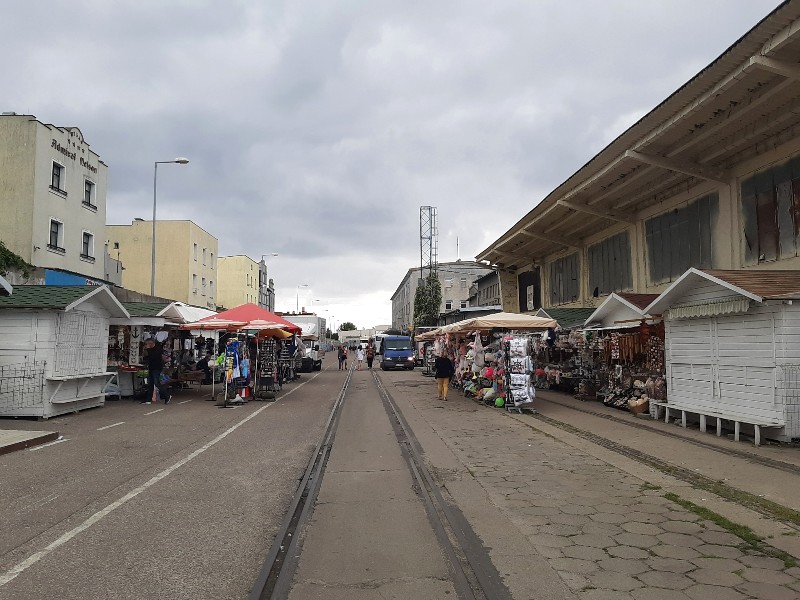
World War II history
Around Hel you can find a lot of remains from the Second World War such as bunkers and artillery batteries which you can visit.
Due to its strategic position, the Polish Army had fortified the peninsula and placed a garrison of 3,000 soldiers to defend it.
When Nazi Germany invaded Poland on 1st September 1939, the defenders put up a fierce resistance.
They even used torpedoes to blow up the peninsula at its narrowest point after the Germans took the village of Chalupy, temporarily turning the Hel peninsula into an island.
Hel was one of the few pockets in the north of Poland which managed to resist the German onslaught well after other parts of the country had already fallen to the Nazis.
However, even the garrison at Hel couldn’t hold out forever and on 1st October 1939 the order was given to capitulate due to the almost depleted supplies and low troop morale.
Just days alter on the 6th of October the last active Polish Army unit surrendered near Lublin, with Poland being carved up by Nazi Germany and the Soviet Union according to a secret protocol of the Molotov–Ribbentrop Pact to which the two sides had agreed upon prior to the invasion.
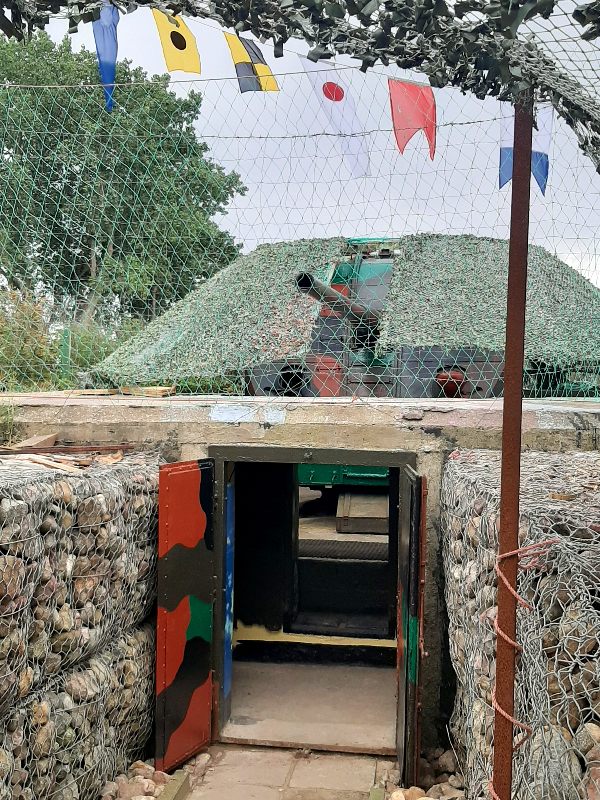
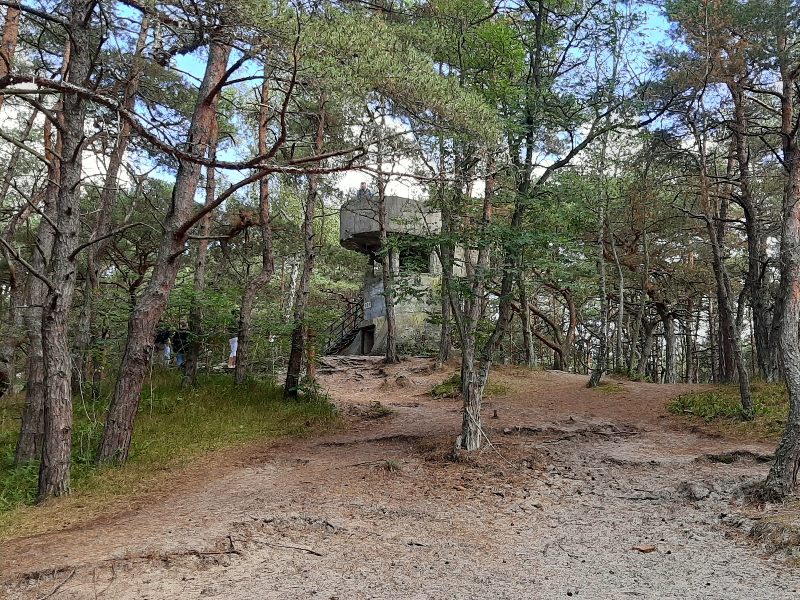
Beach
Of course, the biggest attraction of Hel is its beach.
Ignore the beach in the town centre as there are much better swathes of sand towards the east and north of Hel.
Here, a wide sandy beach runs from the cape of the peninsula all the way along its northern shore on the Baltic Sea.
Unfortunately, the weather in Hel on this early September day was a bit gloomy with strong winds and threatening rain clouds looming in the distance.
Even though it may not have been the best ever beach weather, it was still good fun to take a stroll.
There are plenty of hiking trails on Hel which make for a great way to see the natural landscapes of beaches, dunes and heathland.
However, we eventually decided that sitting down at one of the beach bars was a far more attractive option, especially after we found out that they do fortunately serve beer in Hel.
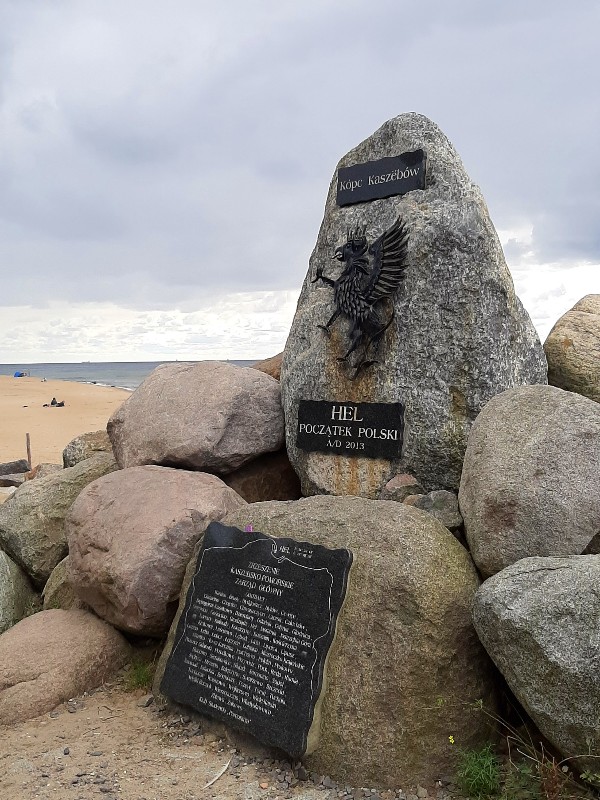
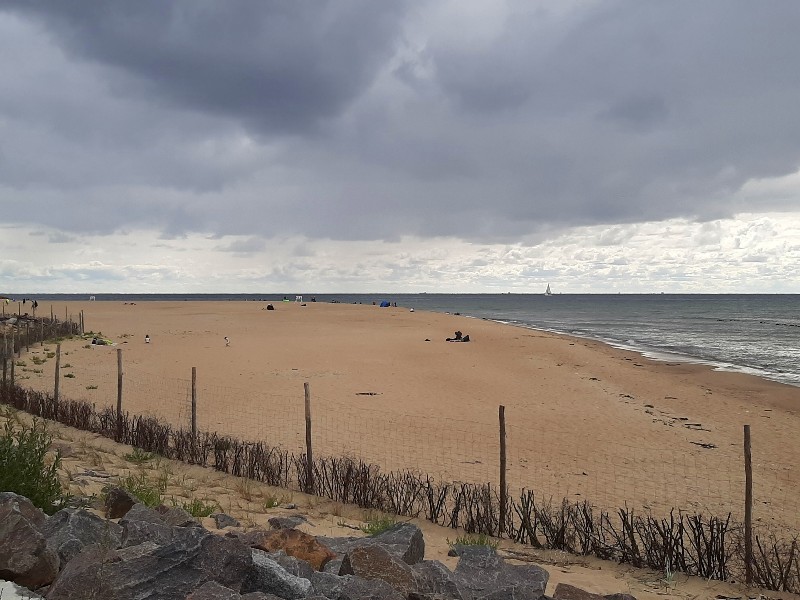
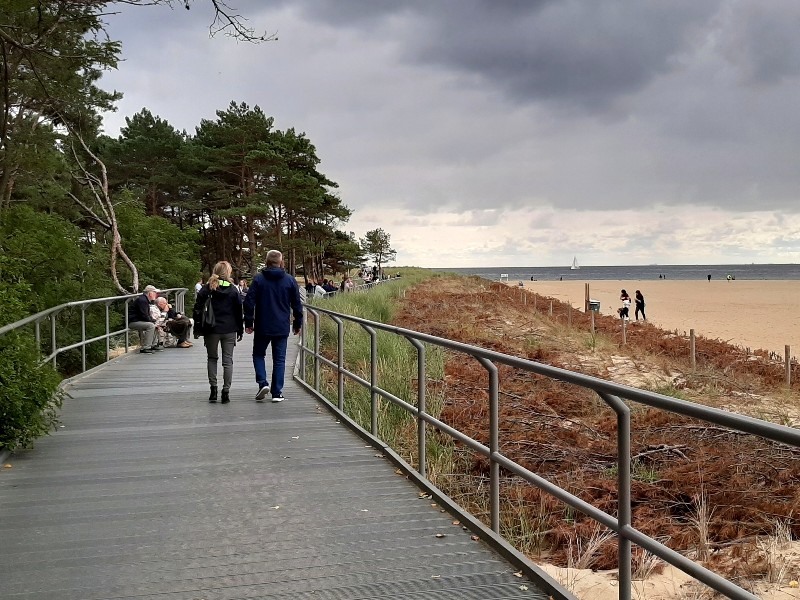
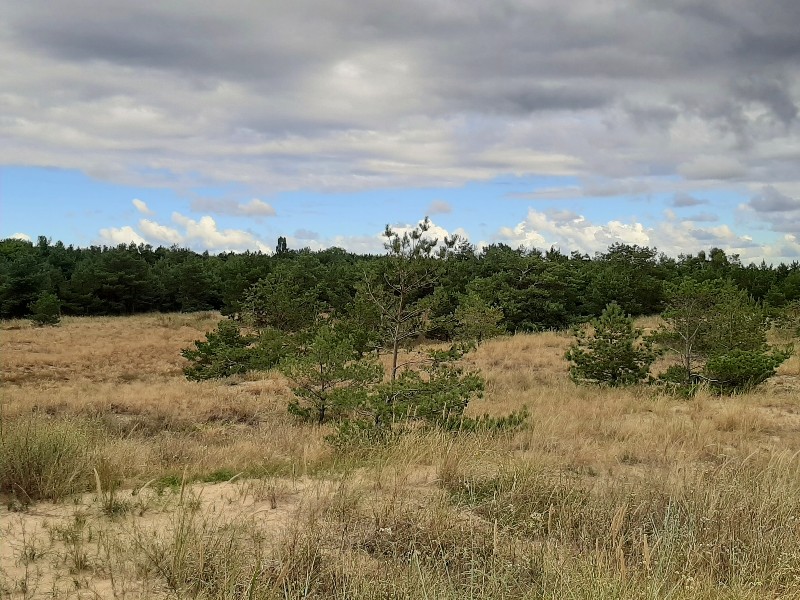
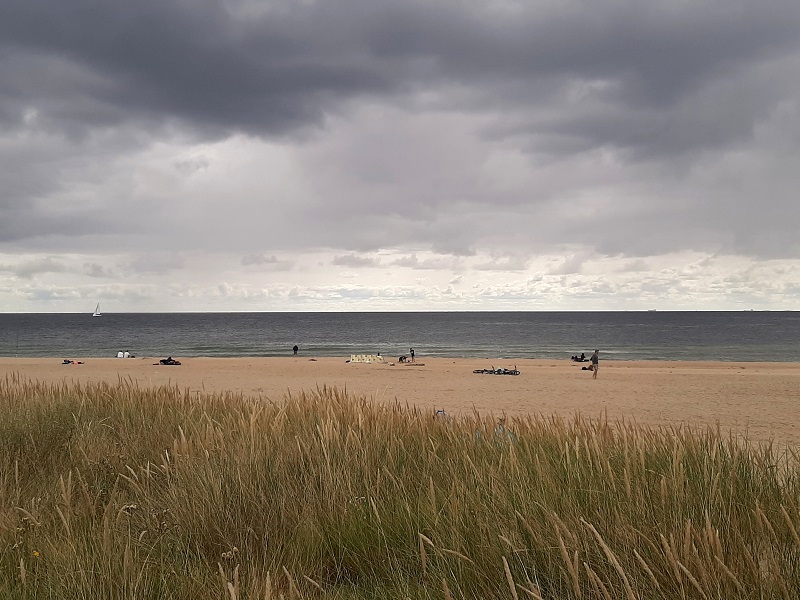
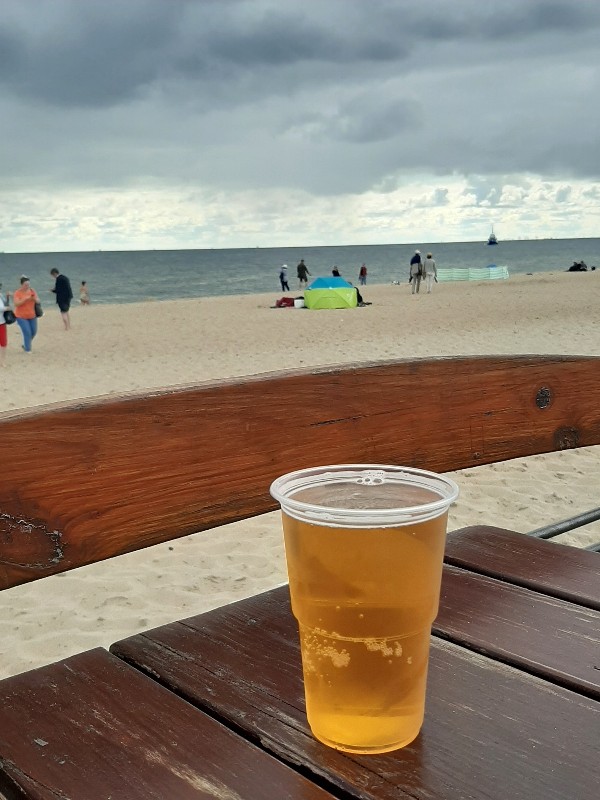
Lunchtime
As we only had limited time on the peninsula, we soon returned to the town of Hel in order to grab some lunch before the departure of the ferry back to Gdansk.
We ended up in a quirky restaurant on the promenade called Hello.
It was quite clear what the favourite rock band of the restaurant boss was given the fact that he was wearing an AC/DC t-shirt and their rock music was playing non-stop from the speakers.
My lunch of potato pancakes with goulash was certainly as good as the music.
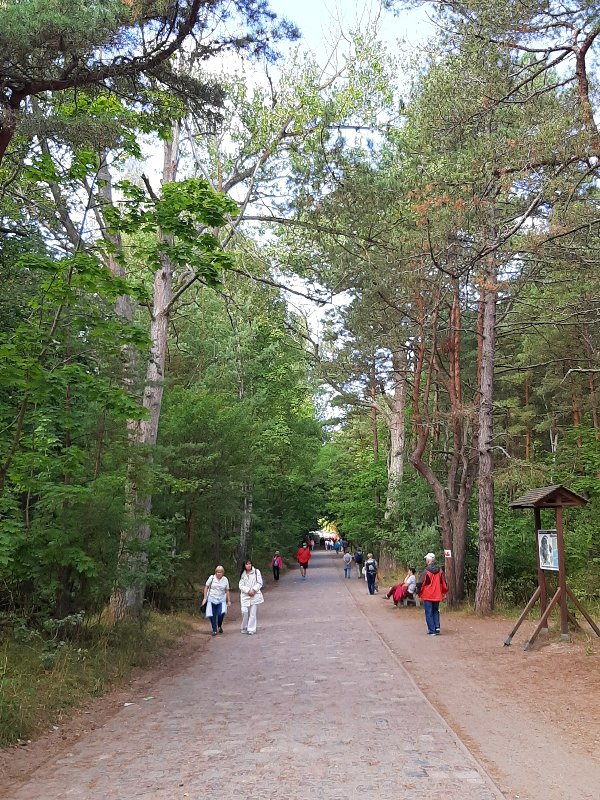
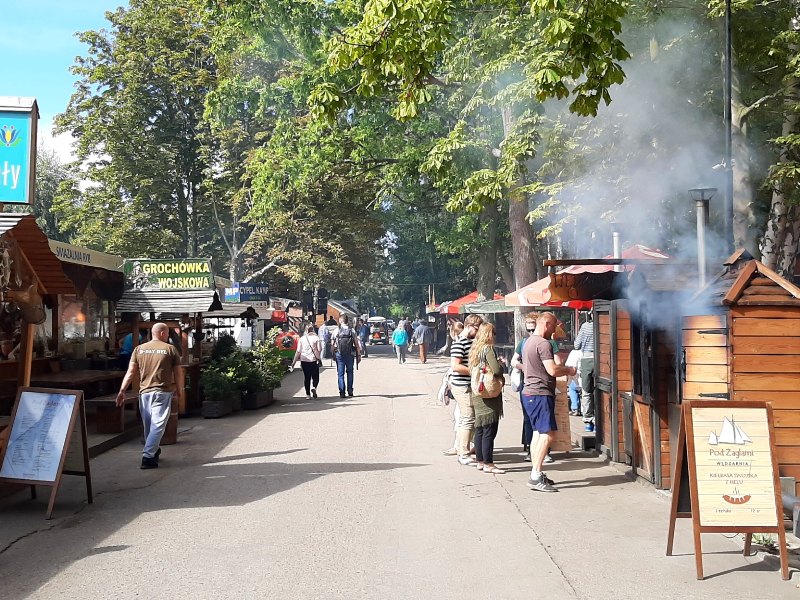
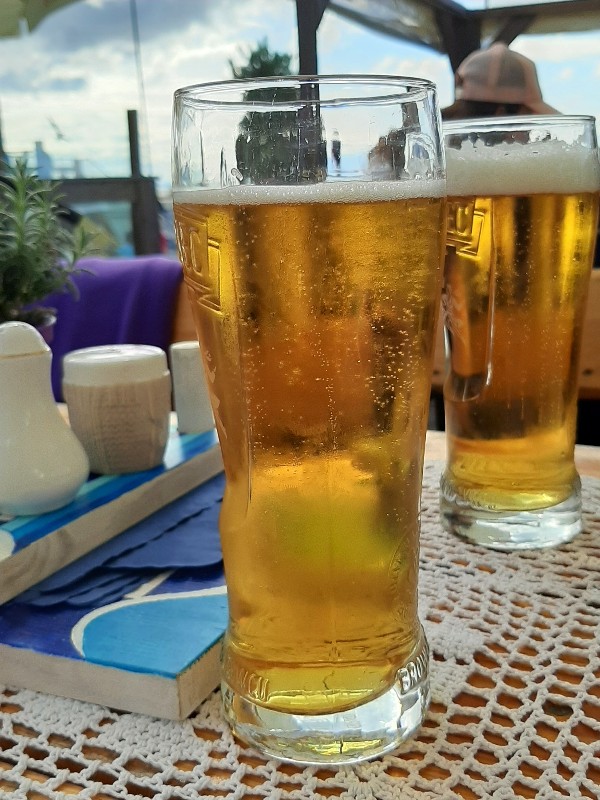
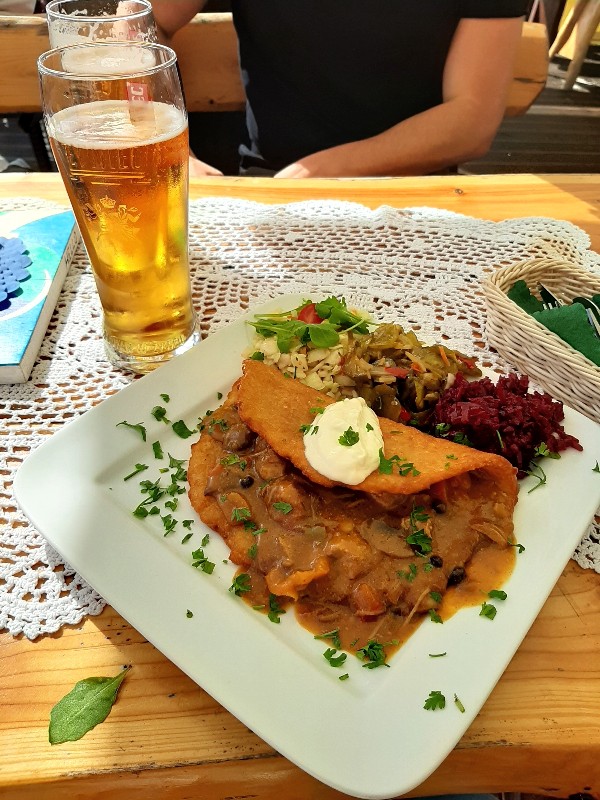
Hel to Gdansk ferry
Instead of driving back on the Highway to Hell, we would take the ferry across the sea from Hel to Gdansk.
The Hel to Gdansk ferry is operated by Zegluga and costs 60 PLN (13 EUR) for a one-way ticket.
The ferry crossing from Hel to Gdansk takes around 2 hours and 40 minutes and certainly makes for a leisurely way to travel back.
We bought our tickets a day before from Zegluga’s riverside ticket office in Gdansk, although you can also buy your ticket at the spot from their office at the port of Hel provided that there are still available places left.
Although there is a daily ferry departure in summer, boat services to Hel are less frequent outside the main summer season and in the low season (winter) there might not be any departures whatsoever.
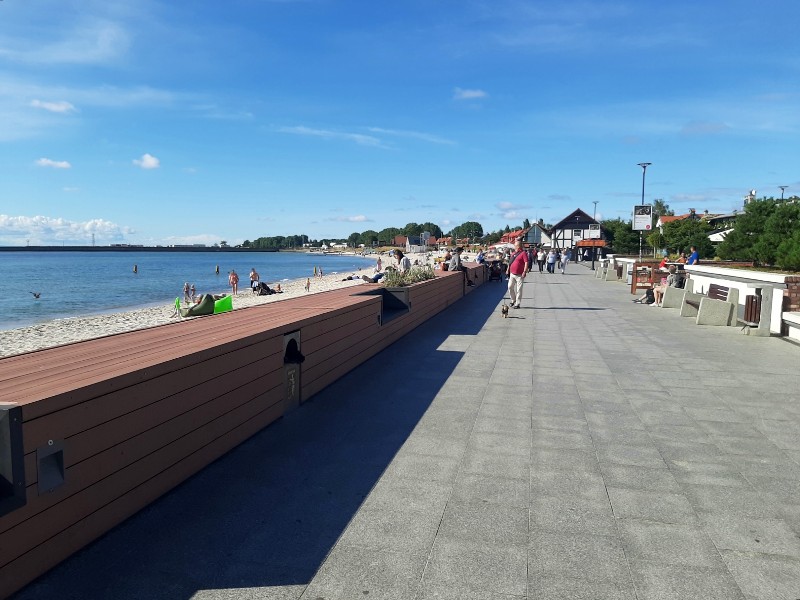
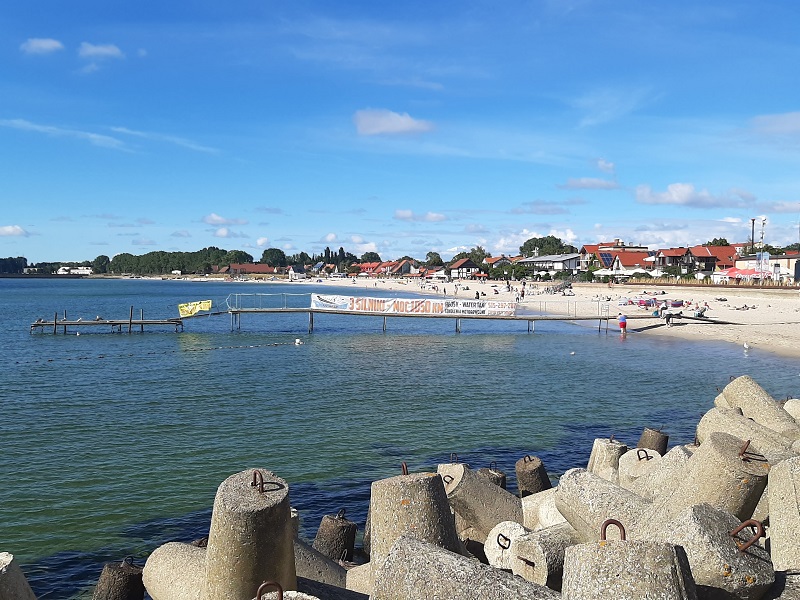
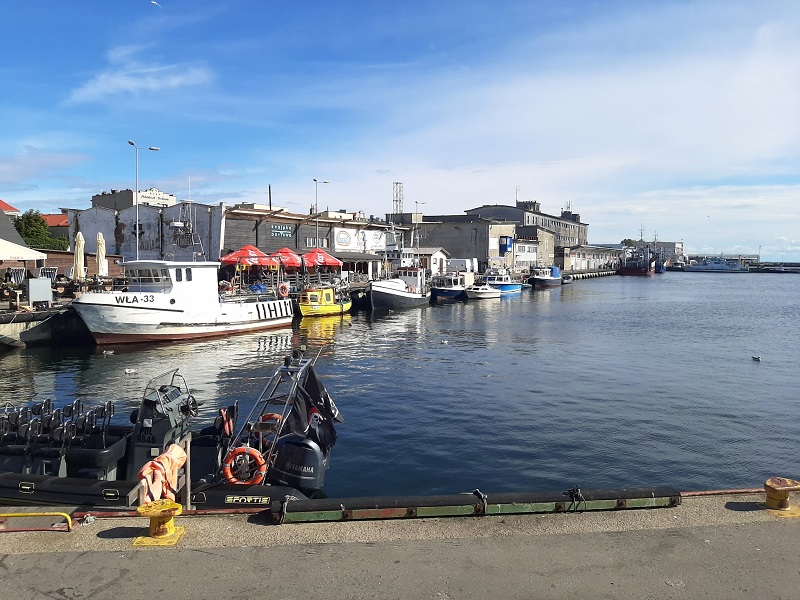
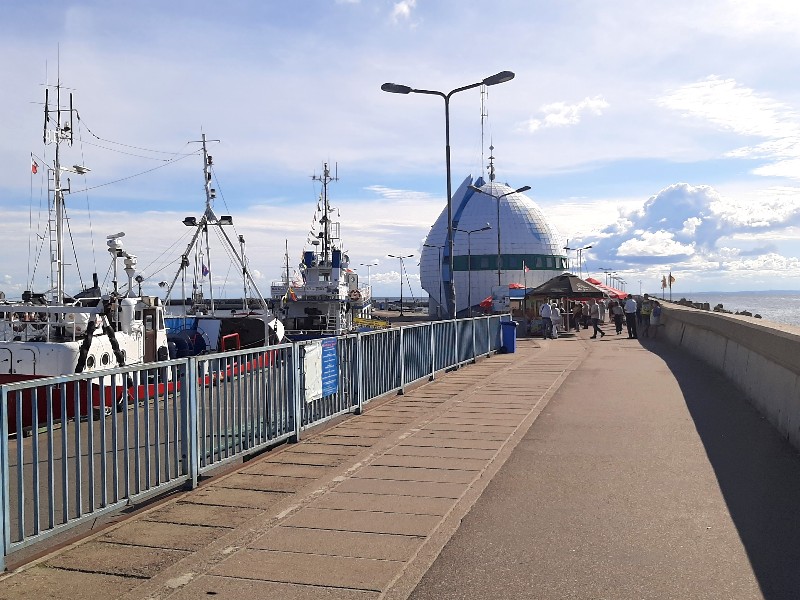
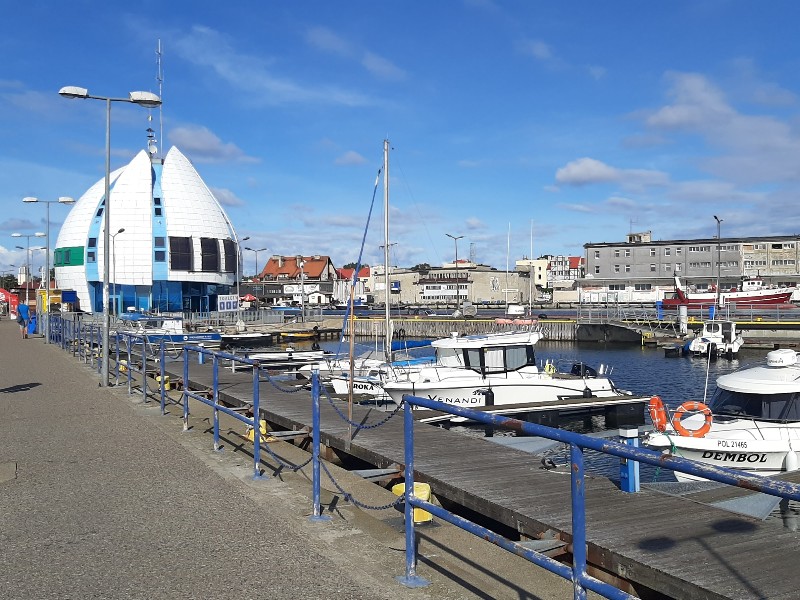
On board the m/s Onyx
The ferry which would operate our crossing from Hel to Gdansk was the m/s Onyx, a catamaran with a capacity of up to 450 passengers.
It was anchored at the far end of the quay and therefore straightforward to find.
After showing our tickets, we were allowed to embark the ship which would take us from Hel back to Gdansk.
The m/s Onyx was built in 1984 at the shipyards of Gdansk and first sailed out of the port of Odessa in what was then the Soviet Union.
After the breakup of the Soviet Union, the ship sailed for a while under Ukrainian flag before it was sold to the Germans, who renamed it Ute.
In Germany, the catamaran operated a duty free booze cruise between Ueckermünde and the Polish city of Swinoujscie, although when Poland joined the EU in 2004 such cruises were no longer profitable.
The ship was sold again, this time to Africa where it operated a passenger service between Freetown (Sierra Leone) and Conakry (Guinea).
In 2007 the ship was bought by Zegluga and returned to its native Poland, where it was completely renovated and given its current name m/s Onyx.
Although the ship looks good from the outside, it still has a decidedly 1980s communist-era interior.
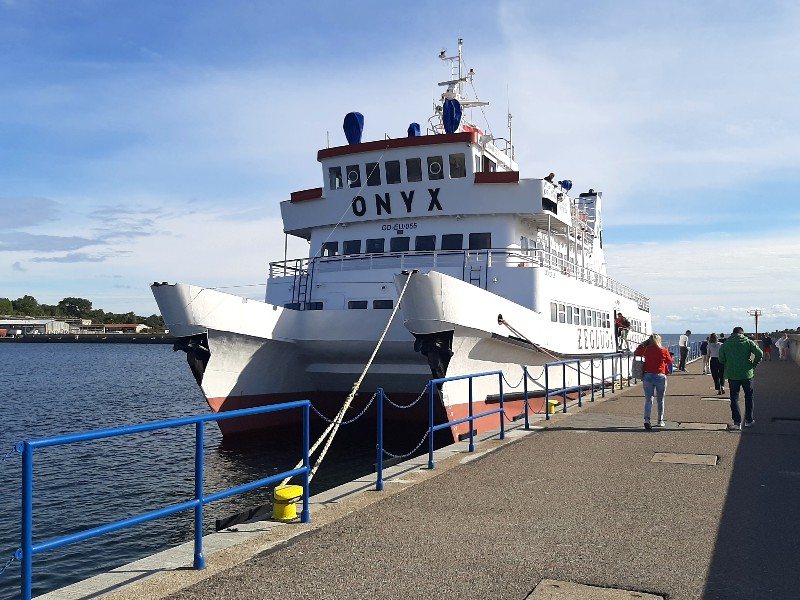
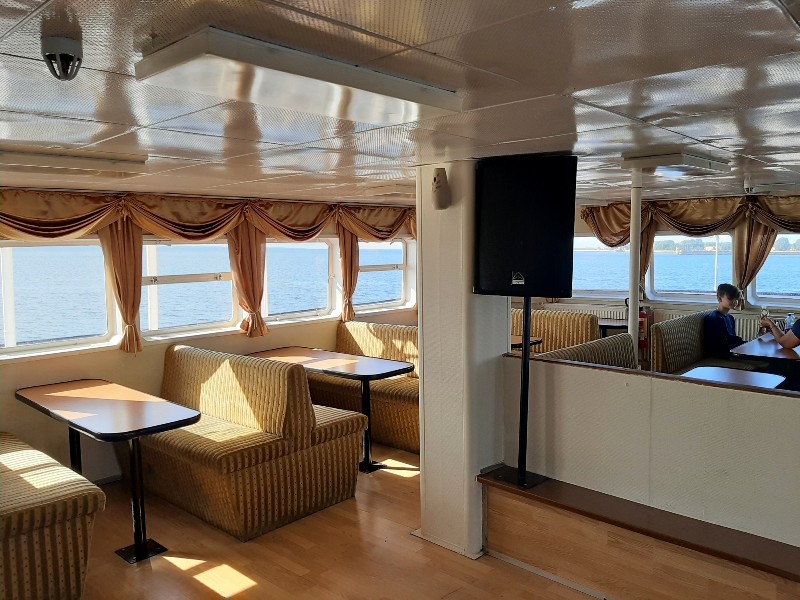
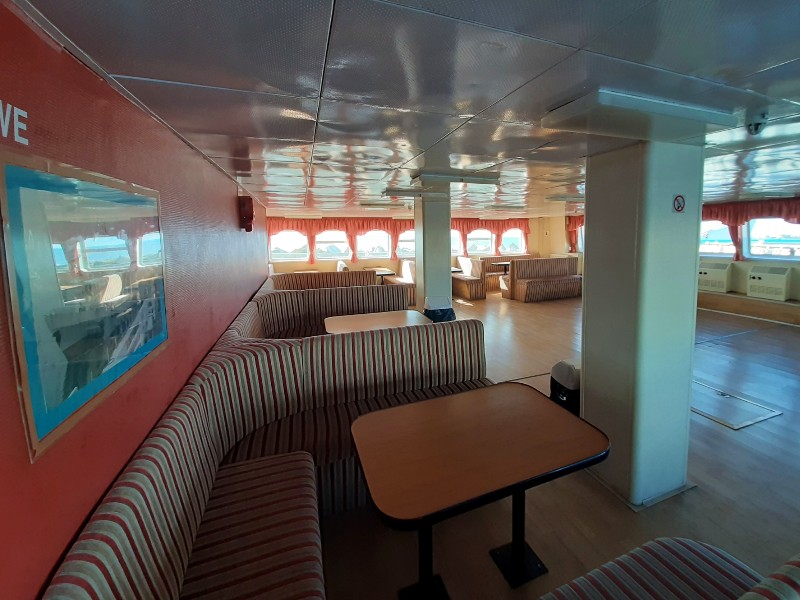
Departure from Hel
With the sun finally breaking through the cloud cover, we took a standing place on the highest deck of the ship in order to have the best possible views during the journey.
At 3.30pm on the dot, the boat was set free from its moorings and we slowly made our way out of the harbour.
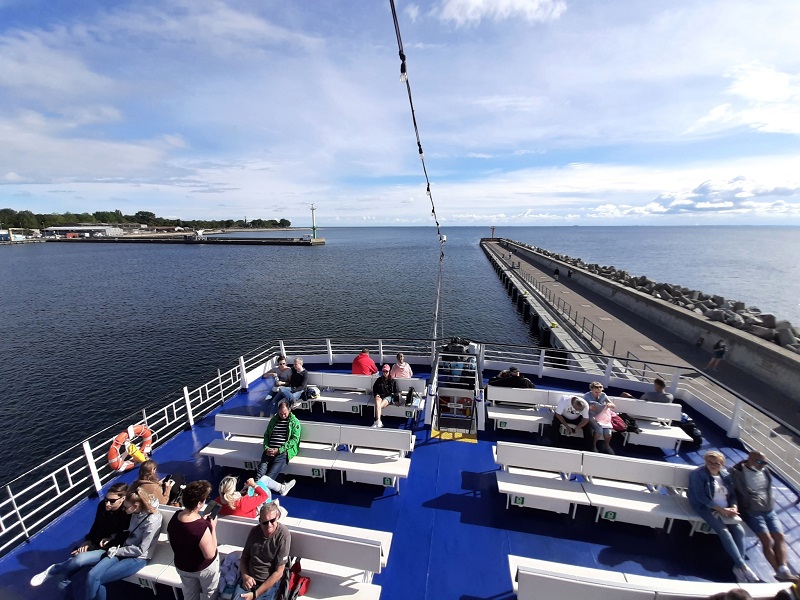
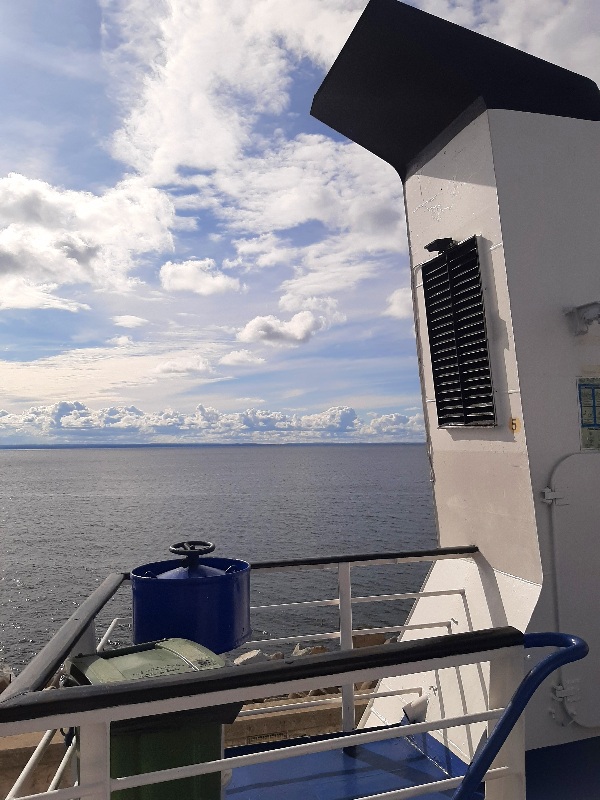
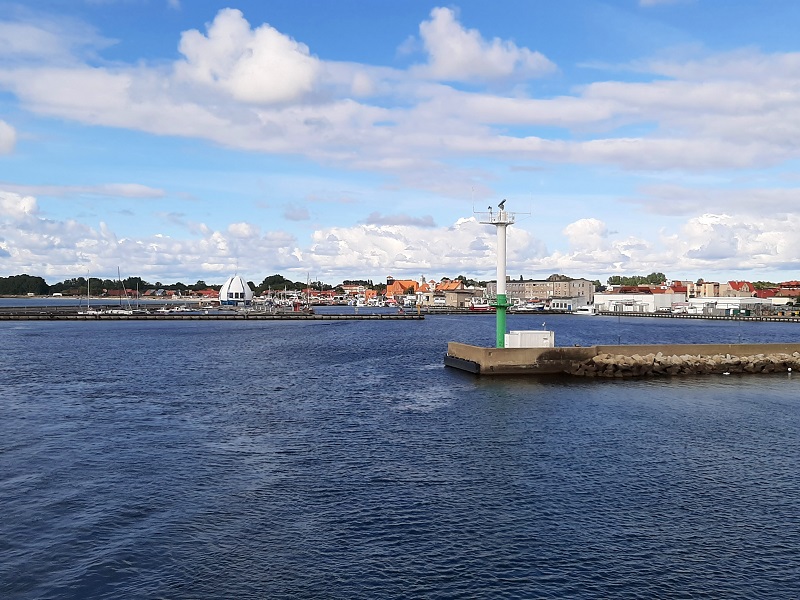
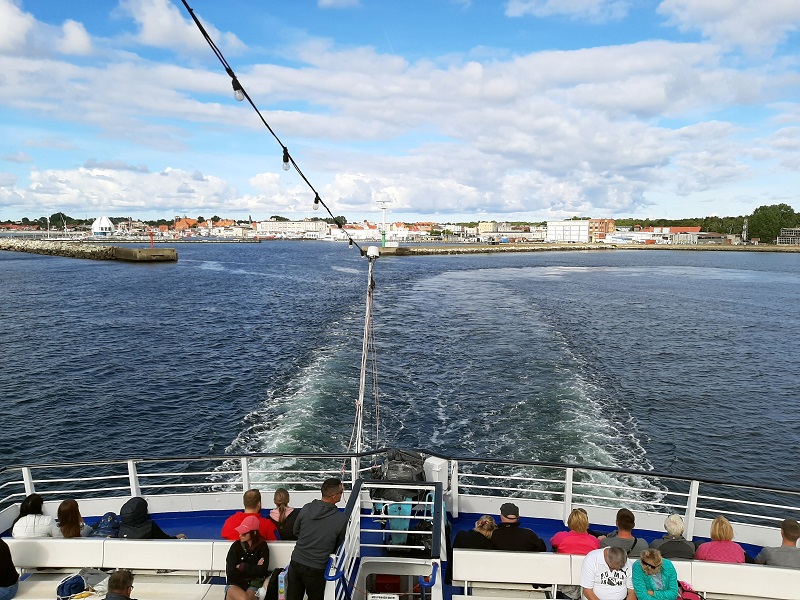
On board the ferry
Once the ferry hits the open sea, there isn’t all that much that you can do on the boat.
Fortunately, the m/s Onyx has a bar which sells cheap beer, which makes the boring bits of the crossing a lot more bearable.
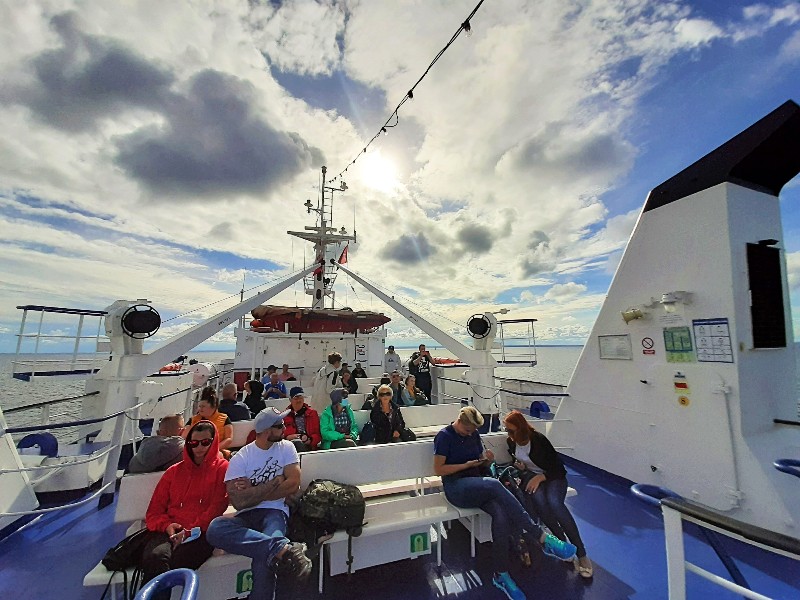
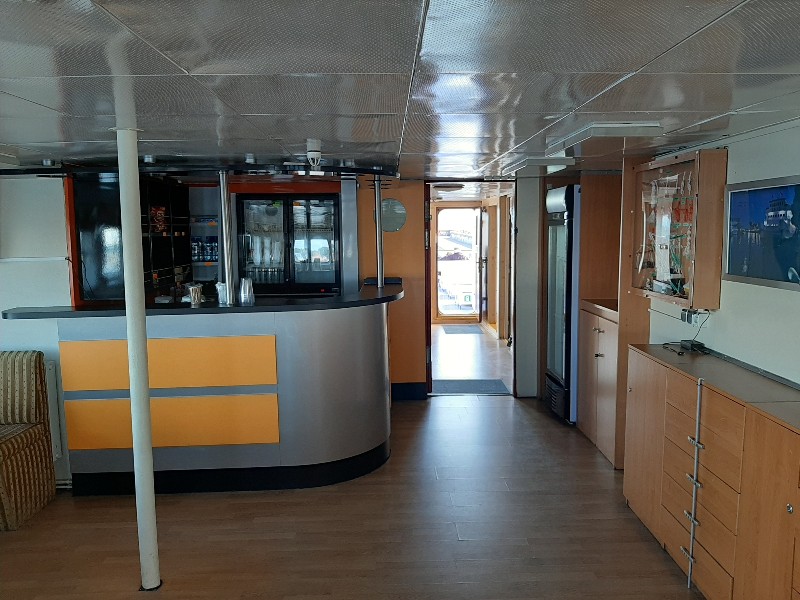
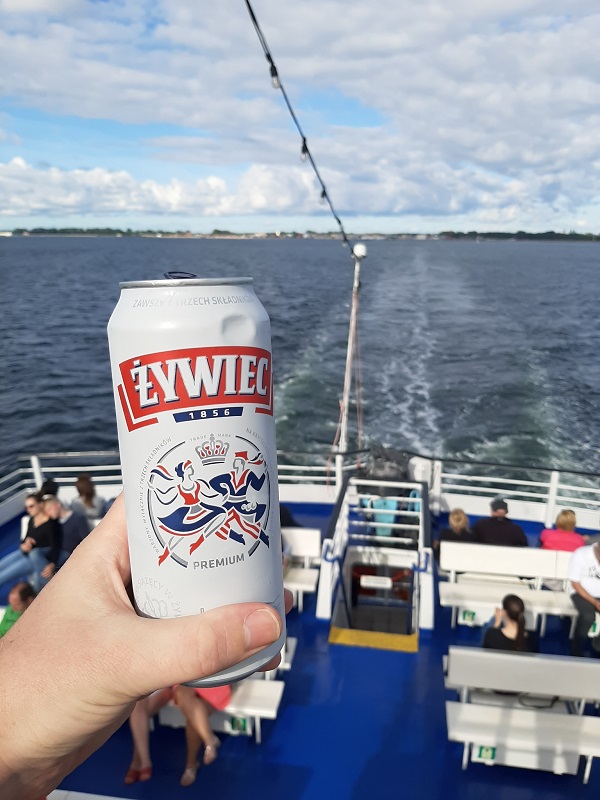
Sopot
The Hel to Gdansk ferry makes on intermediate stop at the pier of Sopot.
Especially at the height of summer, the popular beach resort of Sopot can be a great alternative place to stay when visiting the Gdansk area.
From the deck of the ferry, you certainly have some good views over the landmarks of Sopot such as its pier and the historic Grand Hotel.

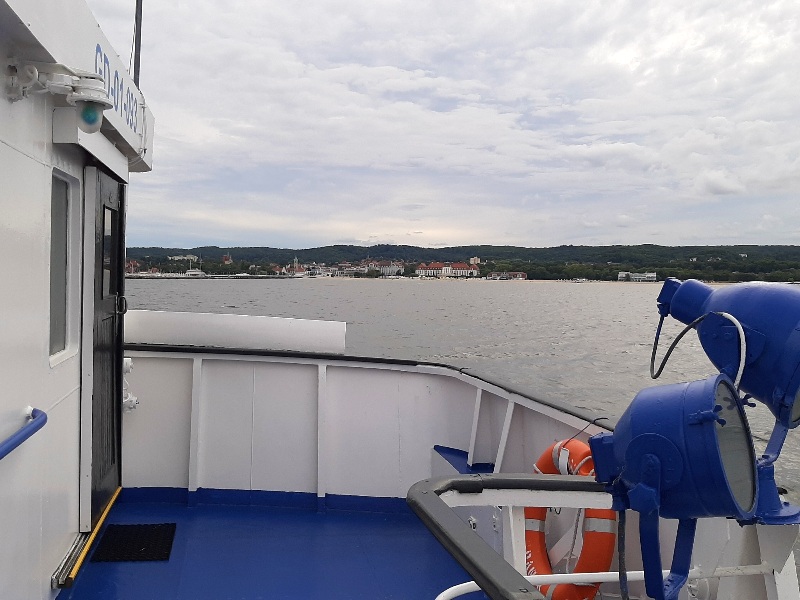
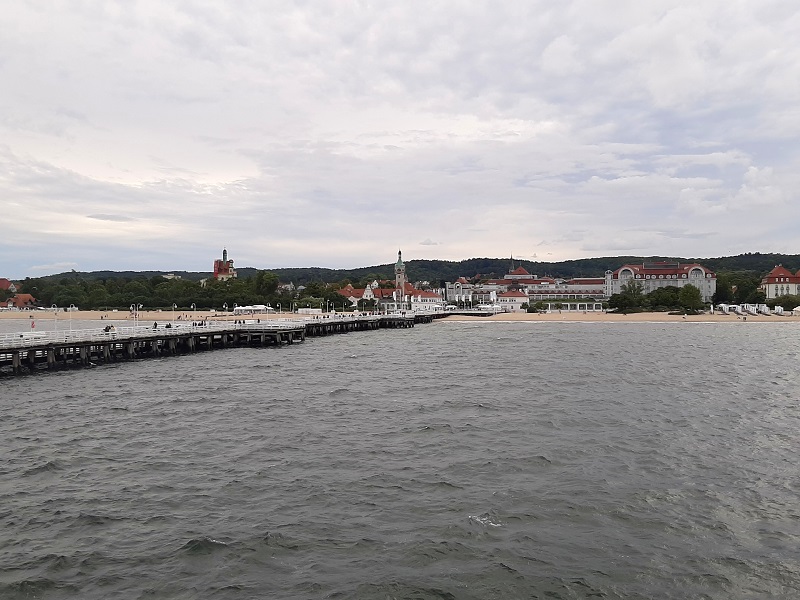
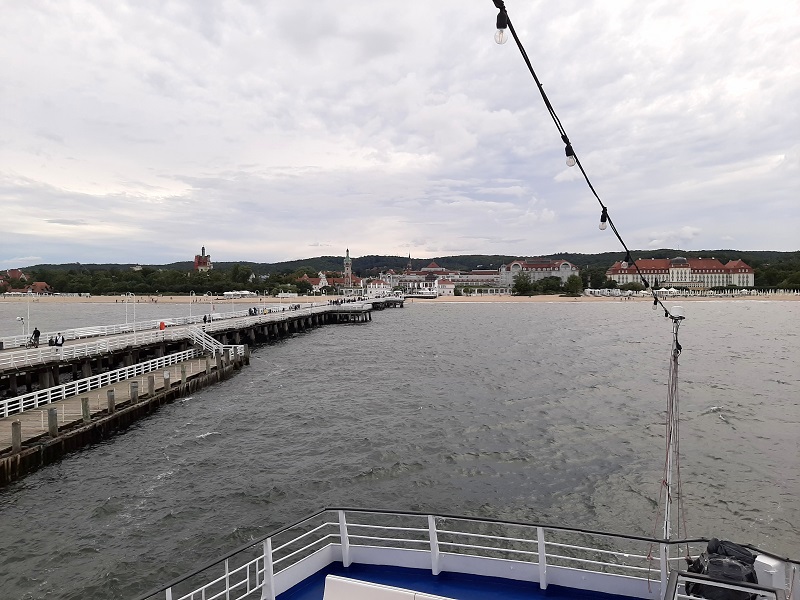
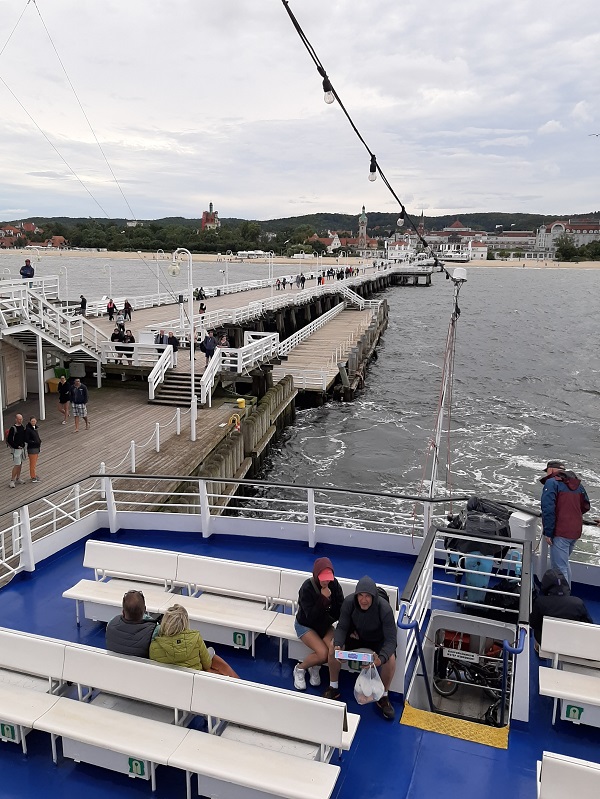
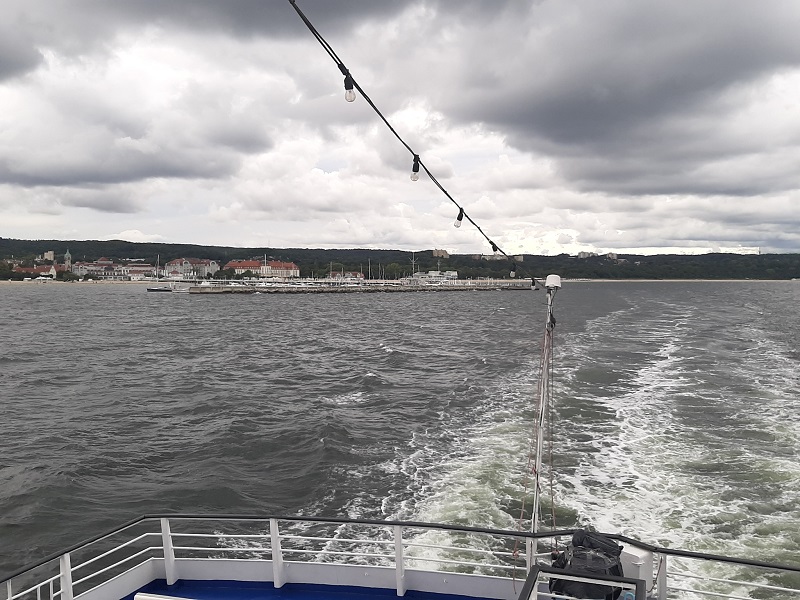
From Sopot to Gdansk
By far the most interesting part of the ferry crossing between Hel and Gdansk is the final bit of the journey.
To reach its berth at the banks of the River Motlawa right in the heart of Gdansk, the ferry has to sail right through the Port of Gdansk via the harbour channel of the Martwa Wisla.
If you are planning to make a boat tour or visit to the port of Gdansk, the Hel to Gdansk ferry makes for a great alternative as you will see all the sights in the harbour of Gdansk this way as well, killing two birds with one stone.
Needless to say, you want to make sure you are standing outside on deck when the boat approaches Gdansk.
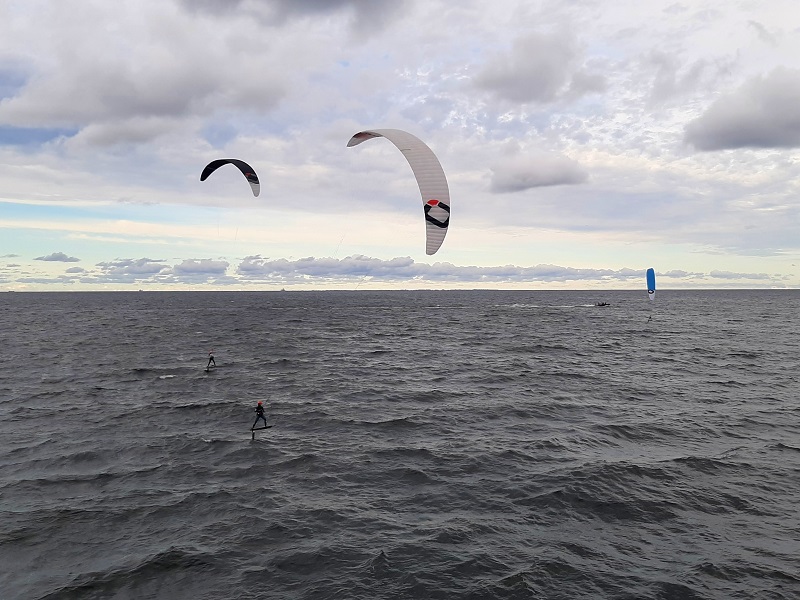
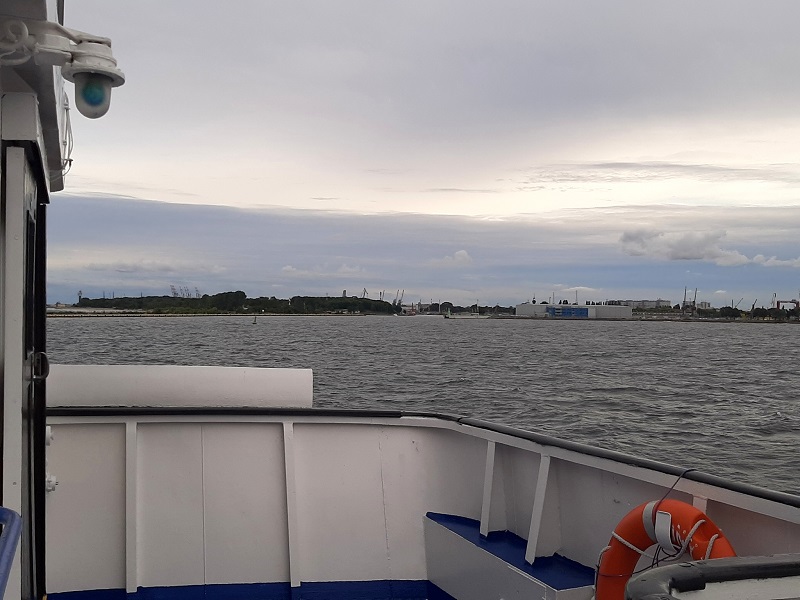
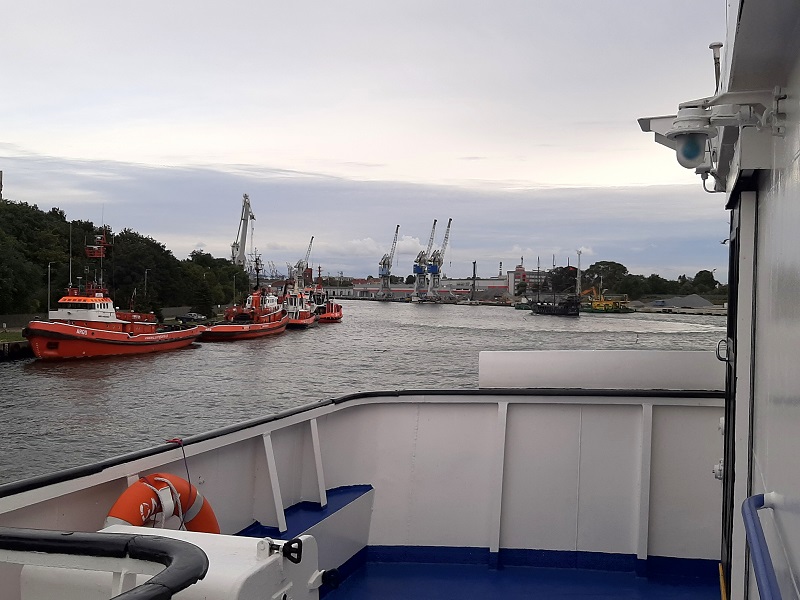
Westerplatte
The first main sight you will come across is Westerplatte, a peninsula in the Port of Gdansk.
Westerplatte is famous in world history as the place where World War II when the German battleship Schleswig-Holstein opened fire on the Polish garrison stationed here in the early morning of 1st September 1939.
The Westerplatte Monument, which can clearly be seen from the deck of the ship, marks the site of this battle.
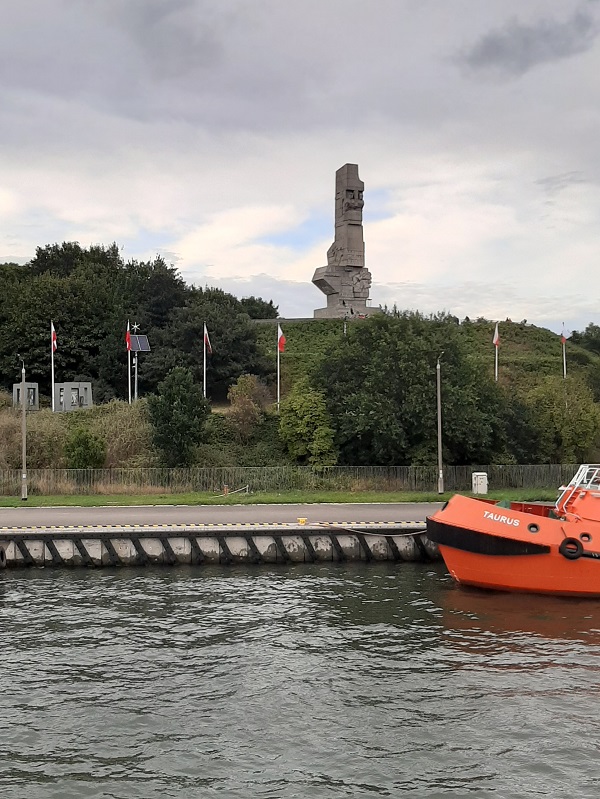
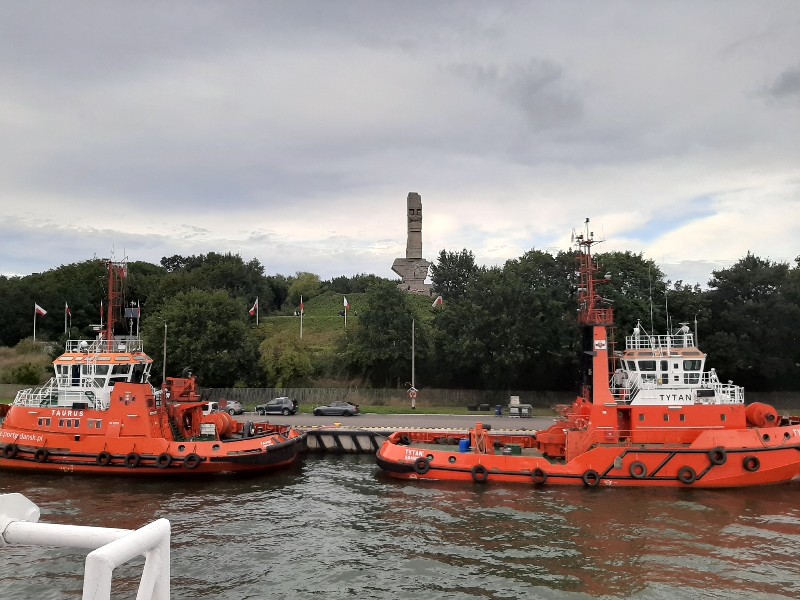
Through the harbour
Just after Westerplatte, you will pass by the passenger terminal of Polferries, a shipping company which operates a popular ferry connection from Gdansk to Nynäshamn in Sweden.
The bastions of the 14th century Wisloujscie Fortress make for another interesting sight in the Port of Gdansk.
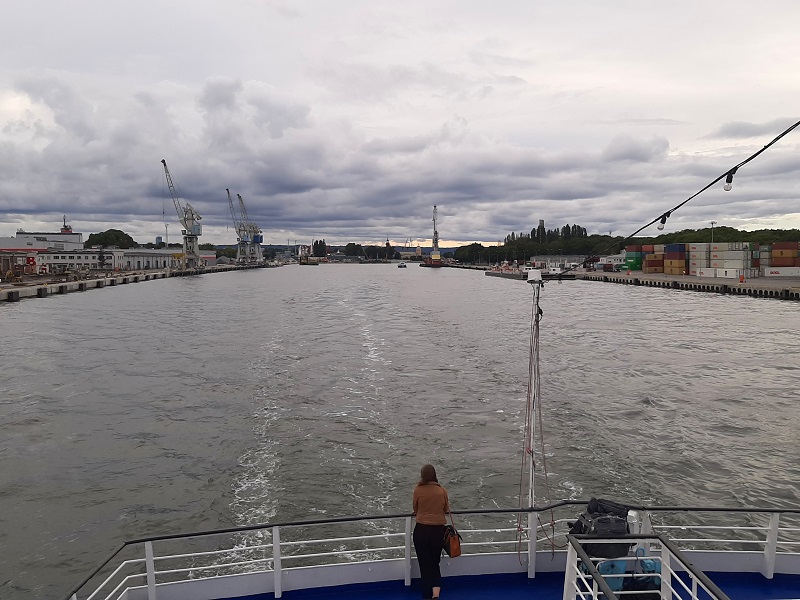
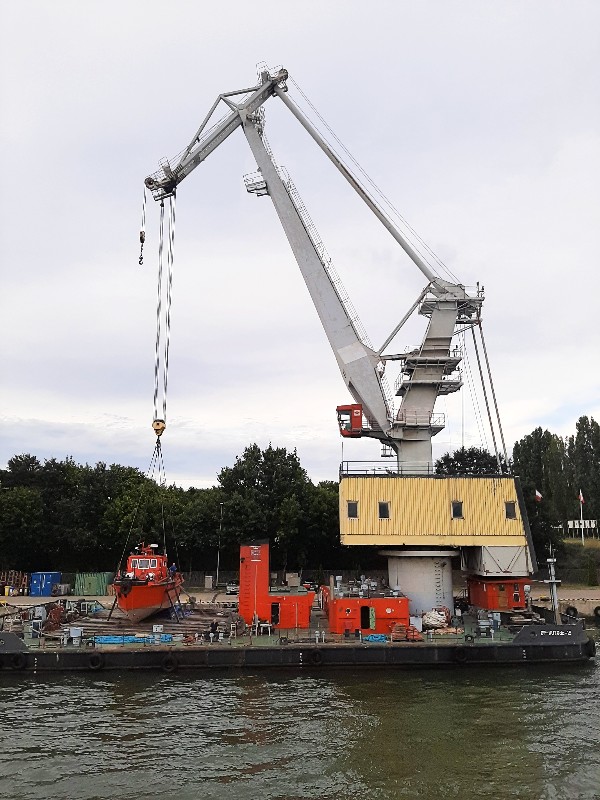
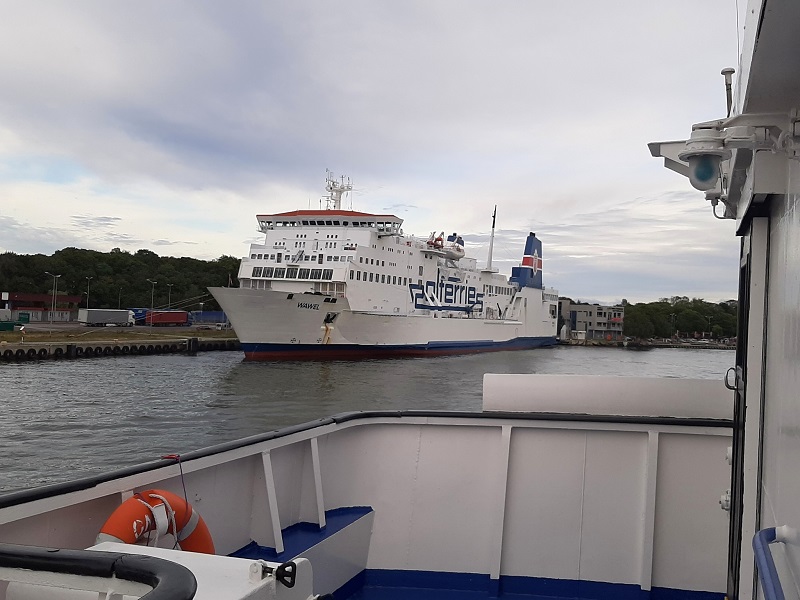
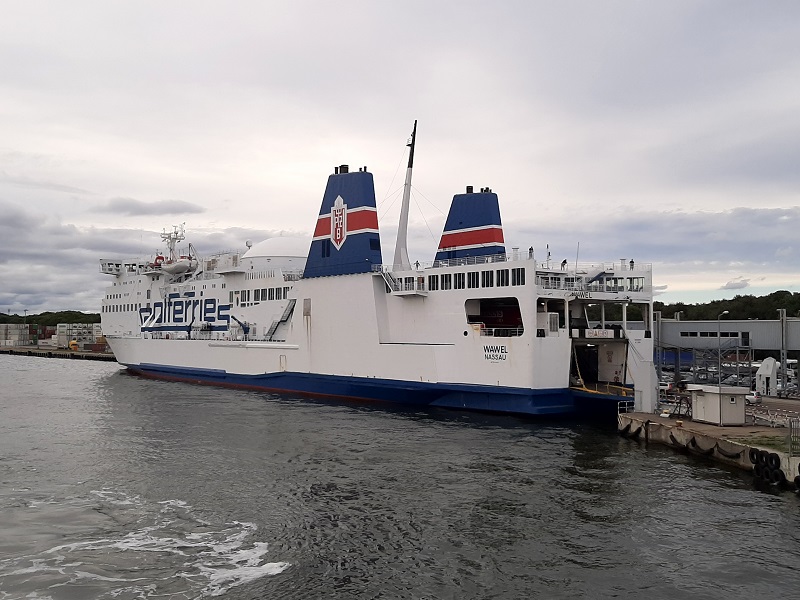
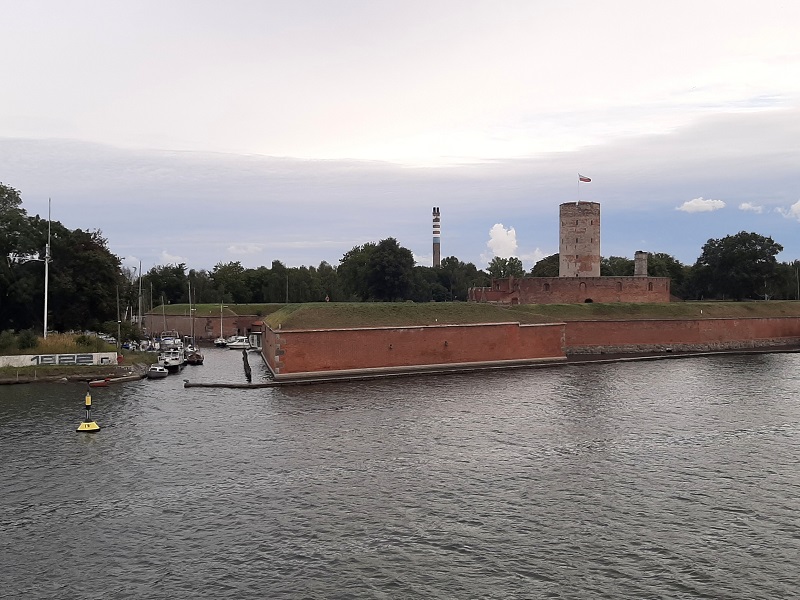
Freighters
Of course, most of the fun during this part of the trip is simply watching the hundreds of freight ships anchored in port.
Without doubt, you will see all kinds of large freighters with mysterious names and sailing under exotic flags.
I have always found the world of international shipping to be highly interesting and I certainly enjoyed looking at all the cargo ships in port.
Moreover, the Port of Gdansk isn’t just any harbour in the world but rather one which is full of history.
Gdansk was one of the most important cities in the Hanseatic League and thanks to shipping and trade across the Baltic Sea it became enormously affluent.
In more recent history, the workers of the Gdansk shipyards led by Lech Walesa started the Solidarity movement against the communist regime.
The strikes and protests which were started by the Solidarity movement eventually led to the collapse of communism in Poland, with Lech Walesa even becoming President of Poland in 1990.
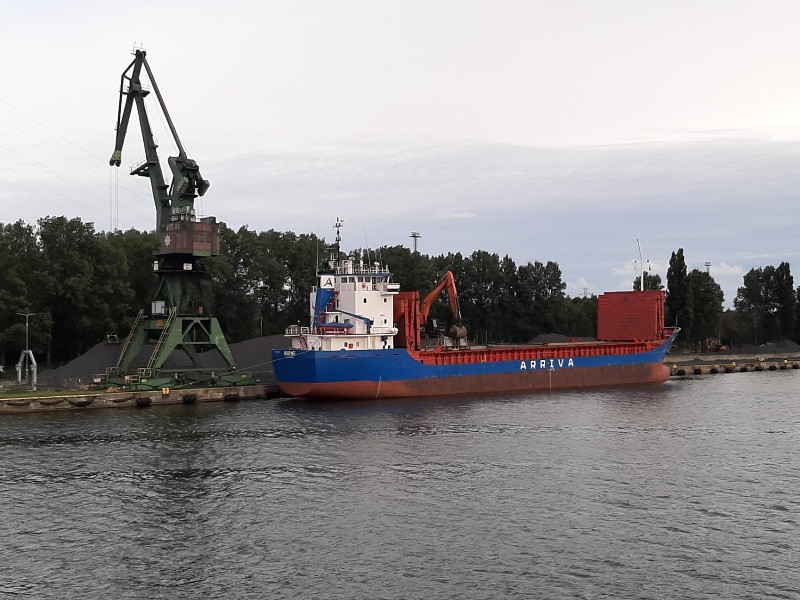
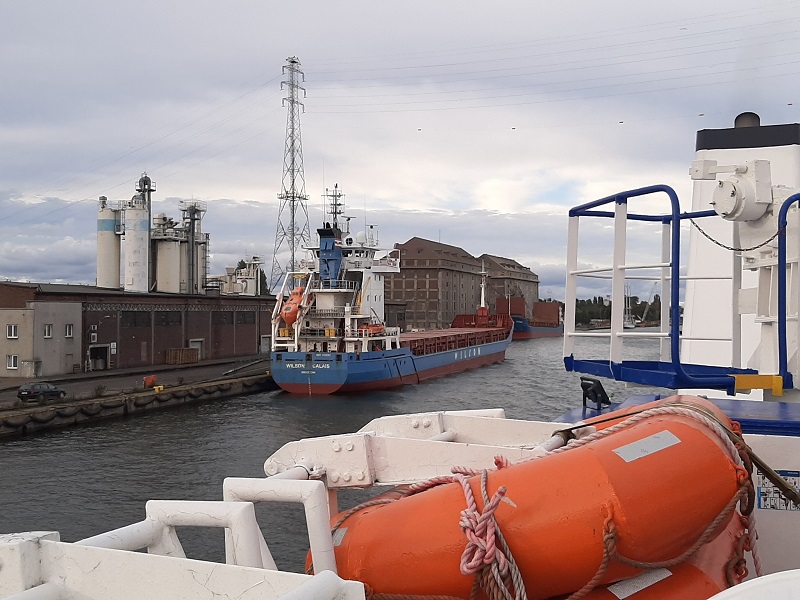
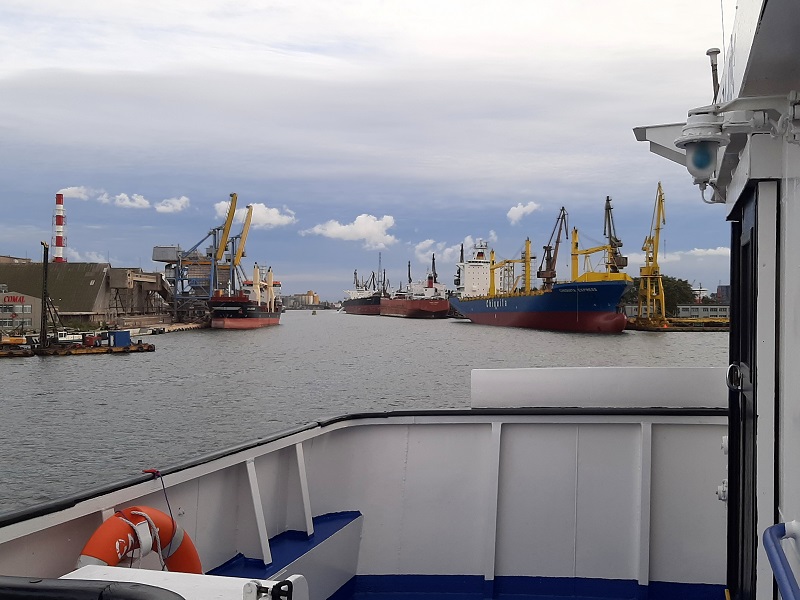
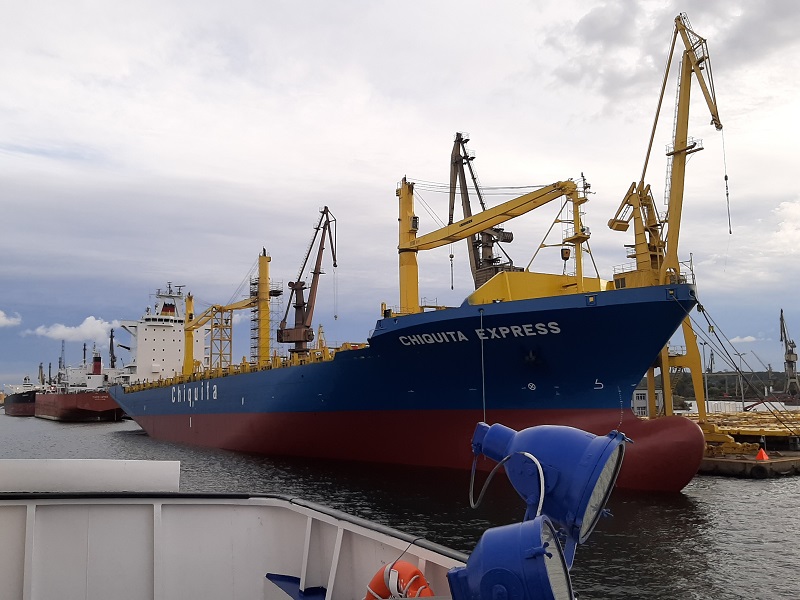
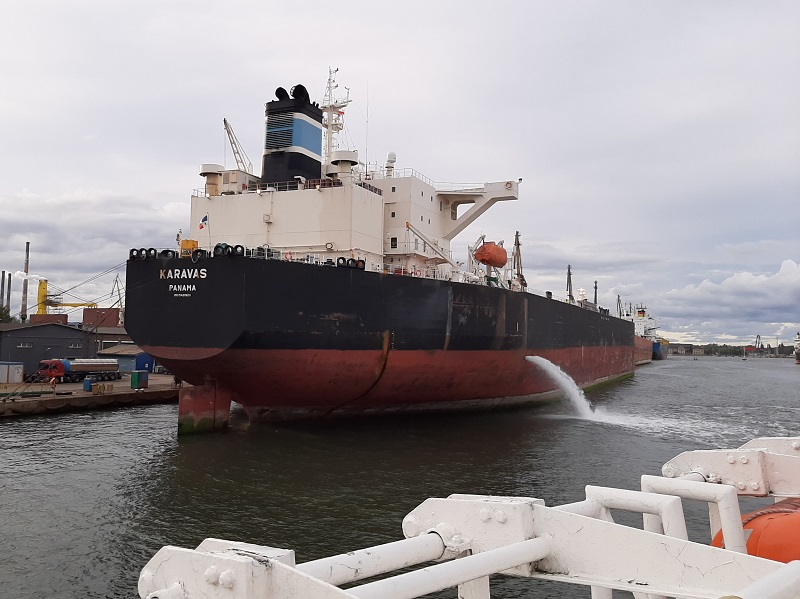
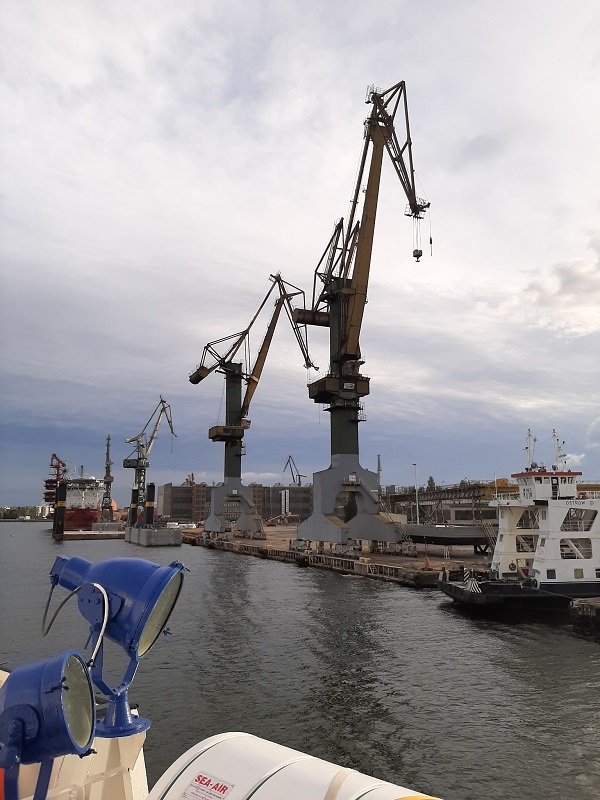
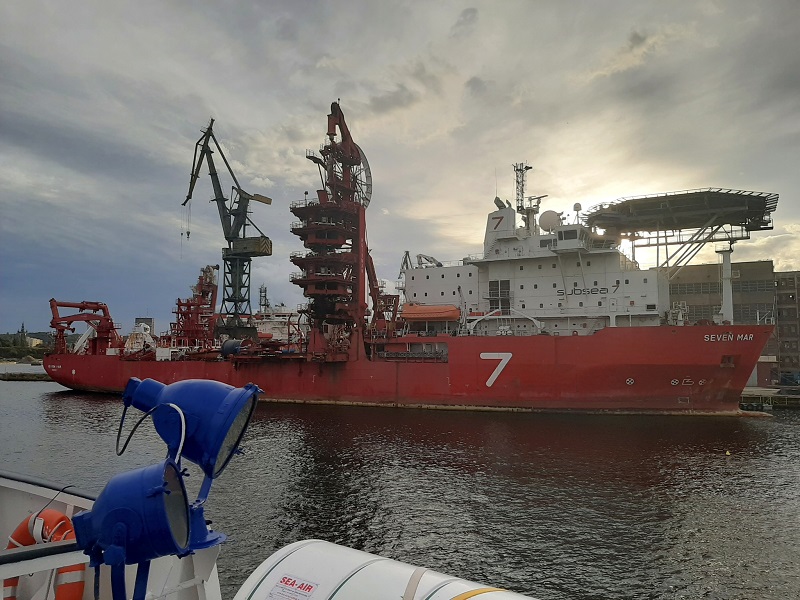
Arrival
After a while, the ferry turned into the Motlawa river for the final part of the journey.
At this point you are sailing right into the city centre of Gdansk and you can already see some of the church towers of the old town in the distance.
It’s certainly a wonderful way to arrive back in Gdansk.
From the deck of the ferry you have some excellent views over some of Gdansk’s landmarks such as the old Medieval riverside port crane.
After making a turn in the narrow river channel, the m/s Onyx finally docked at its riverside berth in the heart of Gdansk at 6.20pm, ten minutes behind schedule.
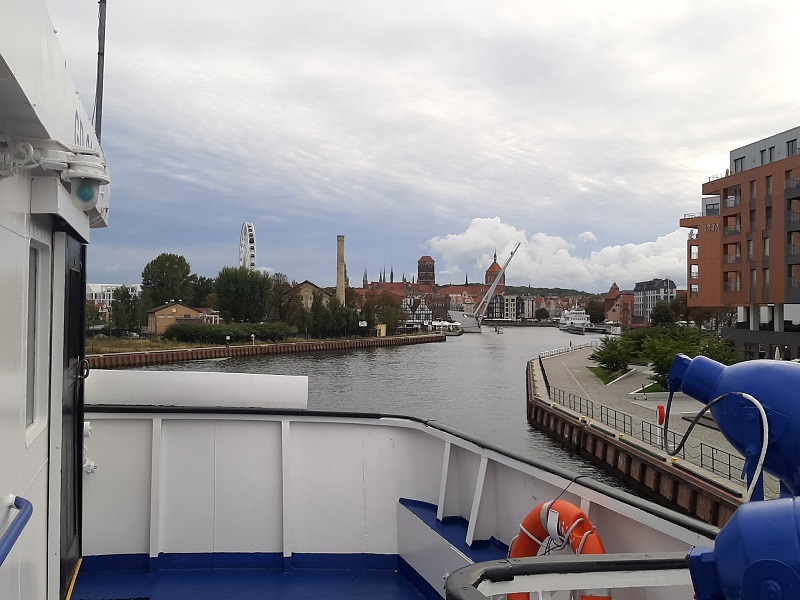
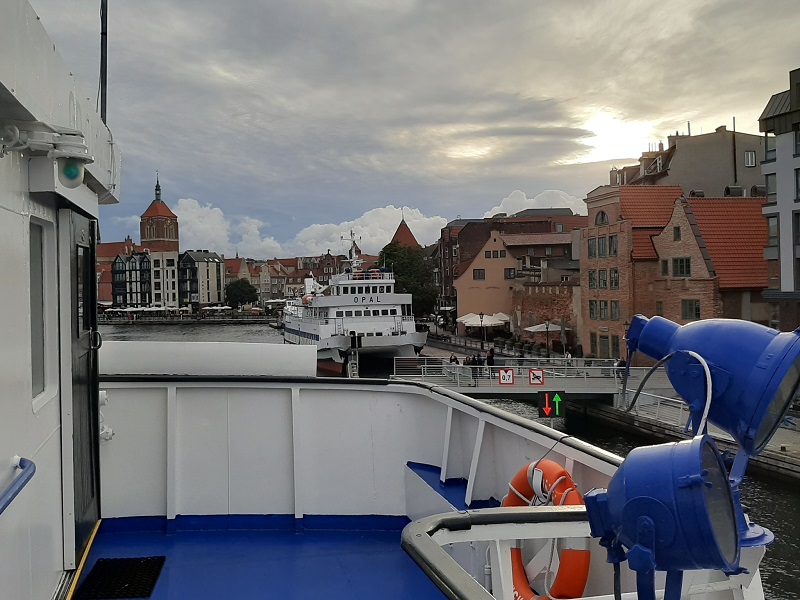
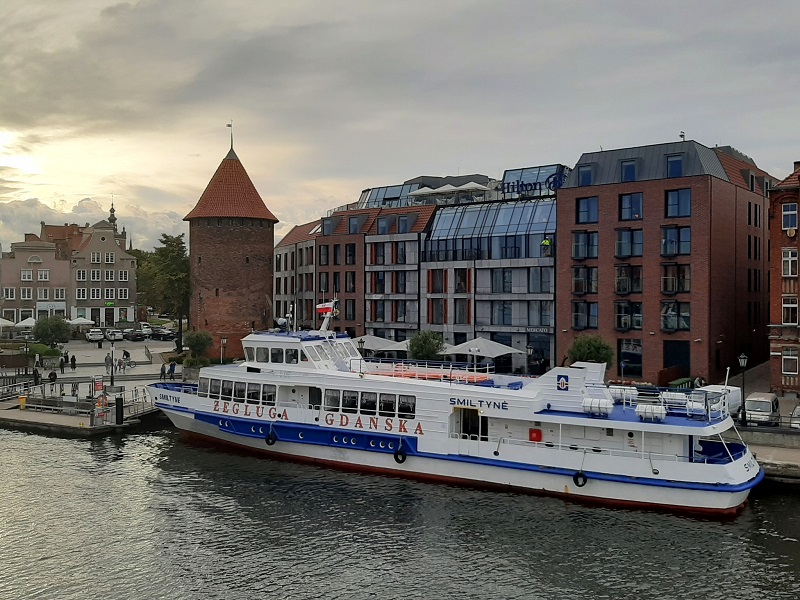
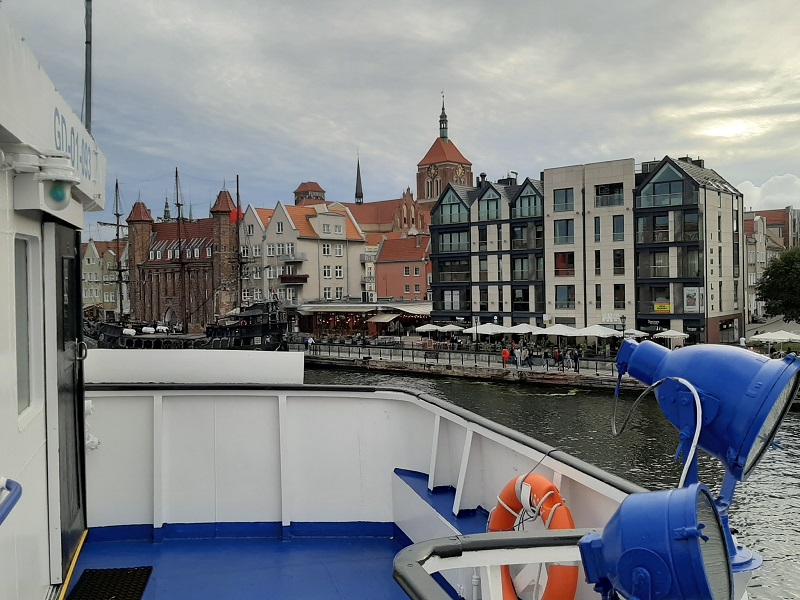
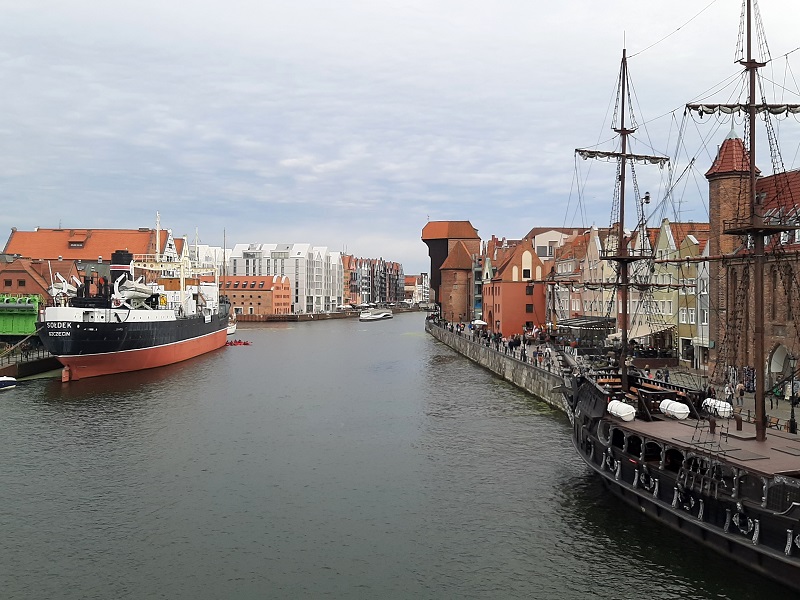
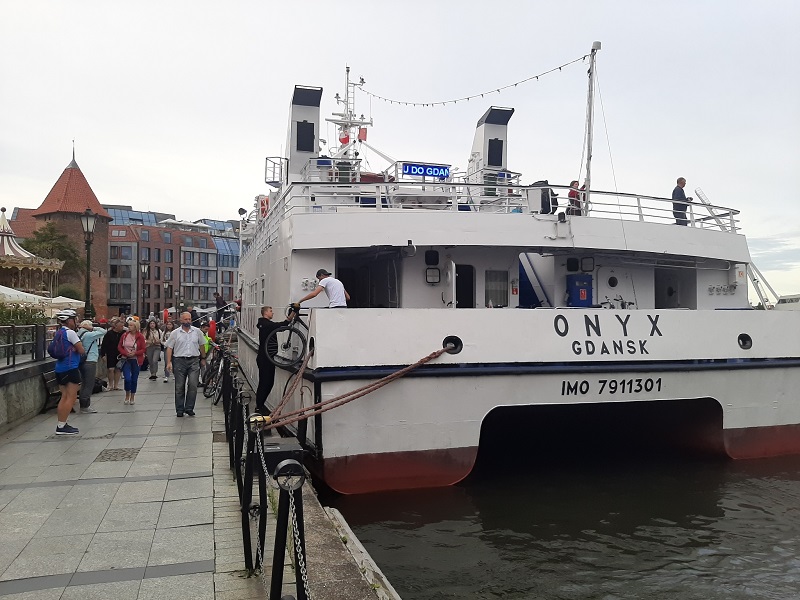
Conclusion
If you are in Gdansk and want to go on a day trip out of the city, going to Hel and back again by train and ferry makes for a fun journey.
Apart from its funny name, the Hel peninsula is certainly a scenic place and the actual town of Hel is an agreeable destination.
Whether you want to laze at the beach, bike or hike through the nature or simply relax a bit over some food and drinks, it is all possible in Hel.
If you make a trip from Gdansk to Hel I can highly recommend to go one-way by train and the other way by ferry.
Especially the ferry ride is a great option to travel to Hel as it sails right through the harbour of Gdansk.
This way, you can also see some historical sights such as Westerplatte and all the big ships in port on your way.
By all means, stay longer on the Hel Peninsula if you want – as many Poles seemed to enjoy their summer holidays here staying in one of the many campgrounds or small hotels and bed and breakfasts.
Explore some other destinations with us!
In our trip report section, we have written multiple reports of holidays across the world which can serve as an inspiration for your next trip. These trip reports include destination guides as well as reviews of hotels, airlines and other modes of transport.
Our last two featured articles highlighted the bizarre ‘communist spaceship’ on top of Buzludzha Mountain in Bulgaria and the D-Day sights of Normandy.
At Paliparan, we also regularly publish amazing flight deals and special ticket sales, so make sure to regularly check the flight deals section on our website as well.
Or subscribe to our Twitter, Facebook, and Instagram pages in order to receive instant updates when a new article or flight deal is out!

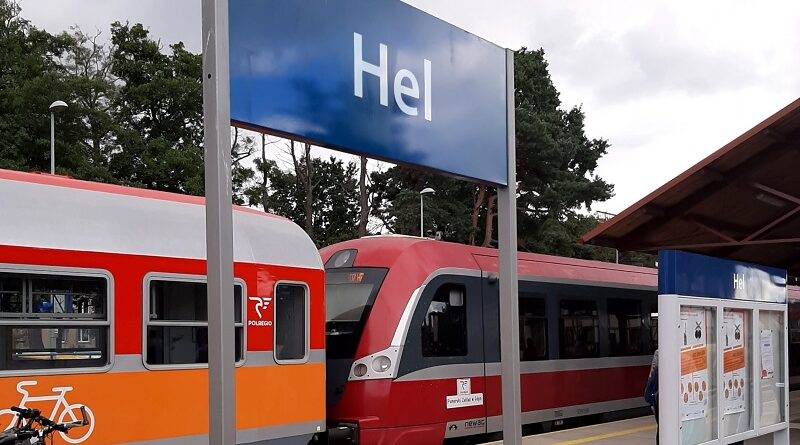
What a fantastically informative read. I have decided, based largely on this, to visit in 2023.
thank you
Yeah great advice! Thanks, you made my trip! 🙂
Als nicht wissender ,war diese Info ein toller Einstieg. Werde dieses Jahr, mit meiner polnischen Partnerin, die Halbinsel besuchen.